Which model would you buy if you were only allowed to own one bike with which to conquer the diverse trails of this world? Is there one mountain bike that can do it all? We tested 22 mountain bikes priced from €1,699 to € 13,999, challenging entrenched ways of thinking and discovering new perspectives in the mountain biking world.
Content
- The test field: An overview of all 22 mountain bikes of 2021 on test
- Why we’re not looking for the best trail bike
- Time travel – How we lost “THE” mountain bike
- Who defines what a mountain bike is and how it should be?
- The mountain bike as a means to an end
- Why does our test field include eMTBs?
- Trail ≠ trail, mountain ≠ mountain, biker ≠ biker
- What does the best mountain bike of 2021 have to be capable of?
- The group test in numbers – The most exciting facts about our 2021 mountain bike group test and test field
- Our test team
- Which is the best mountain bike of 2021? The winners and losers as well as other recommendations.
Over half a million mountain bikers from around the world read our 2020 trail bike group test – wow! We feel honoured and you’ve inspired us to take the 2021 edition to the next level and to think even bigger! Which is exactly what we did. Raise the curtain for our big trail bike… uh… mountain bike group test!
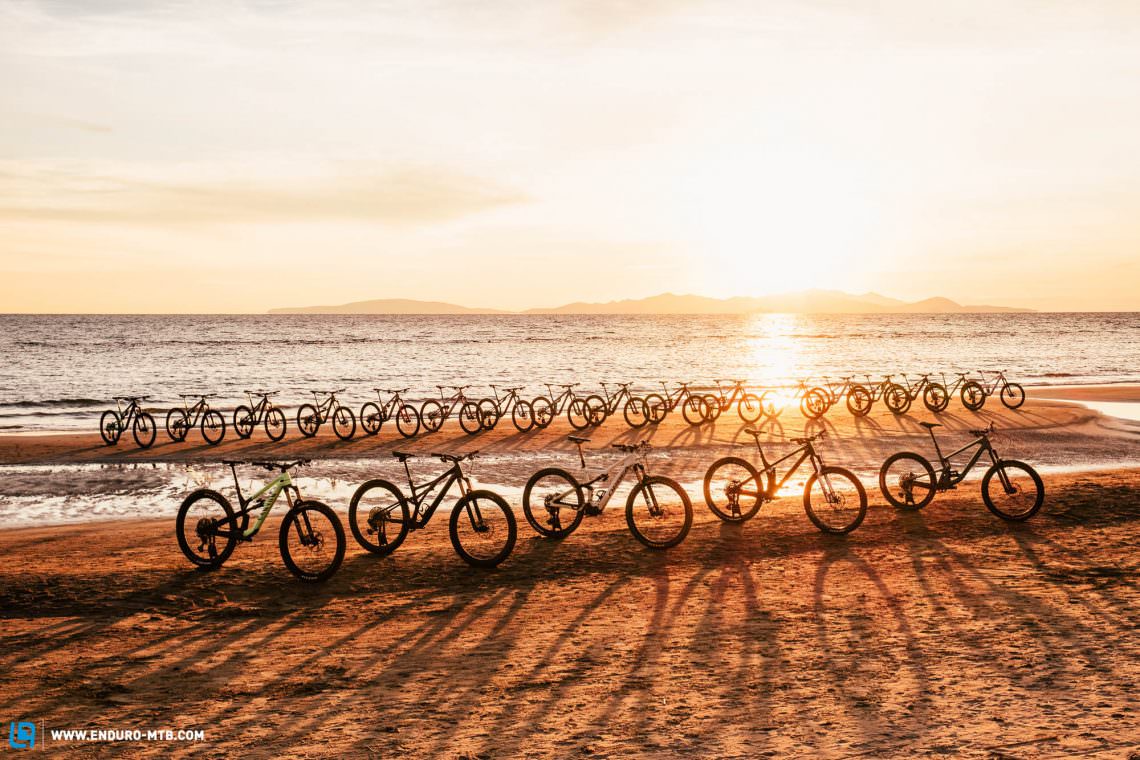
Have we gone mad? A detailed look at our huge test field of 22 mountain bikes of 2021
We tested 22 of the hottest mountain bikes with prices ranging from € 1,699 to € 13,999. From an aluminium hardtail to a 170 mm travel carbon fully and three eMTBs, we’ve included a little bit of everything. Some might think we’re crazy to compare such a diverse range of bikes, but there’s method to the madness. The mountain bike segment has evolved a lot over the past few years, resulting in numerous exciting innovations, technical developments and advancements. Although we’ve seen many supposed mountain bike “innovations” rehashed in different guises, some technologies and developments have radically changed mountain bikes and our beloved sport for good. However, while technological limits have shifted, all too often, our mental borders remain firmly anchored, limiting our view of the big picture. As such, we still find ourselves surrounded by buzzwords, categories and mindsets that no longer do justice to the current state of things. Mountain biking should be a simple pleasure, right?
On top of that, the sport of mountain biking has become tremendously popular in recent years, attracting a new generation of riders to participate in the world’s best hobby. So, it is high time we look at the mountain bike segment from a new perspective, to see the big picture and to provide more clarity, easier orientation and less confusion. Get ready for the most exciting and insightful group test in the history of ENDURO Magazine!
One thing’s for sure, this group test has revealed a multitude of surprising facts and answers to many exciting questions that no group test has before. With this in mind: open your minds, hearts and wallets*. It’ll be fun, promise!
*Warning: reading this group test could have a lasting impact on your bank balance. By turning the page, you consent to being inspired and motivated at your own risk. We’re happy if we can help you find the right bike and accessories for you, avoiding buyer’s remorse and allowing you to have even more fun on the trails!
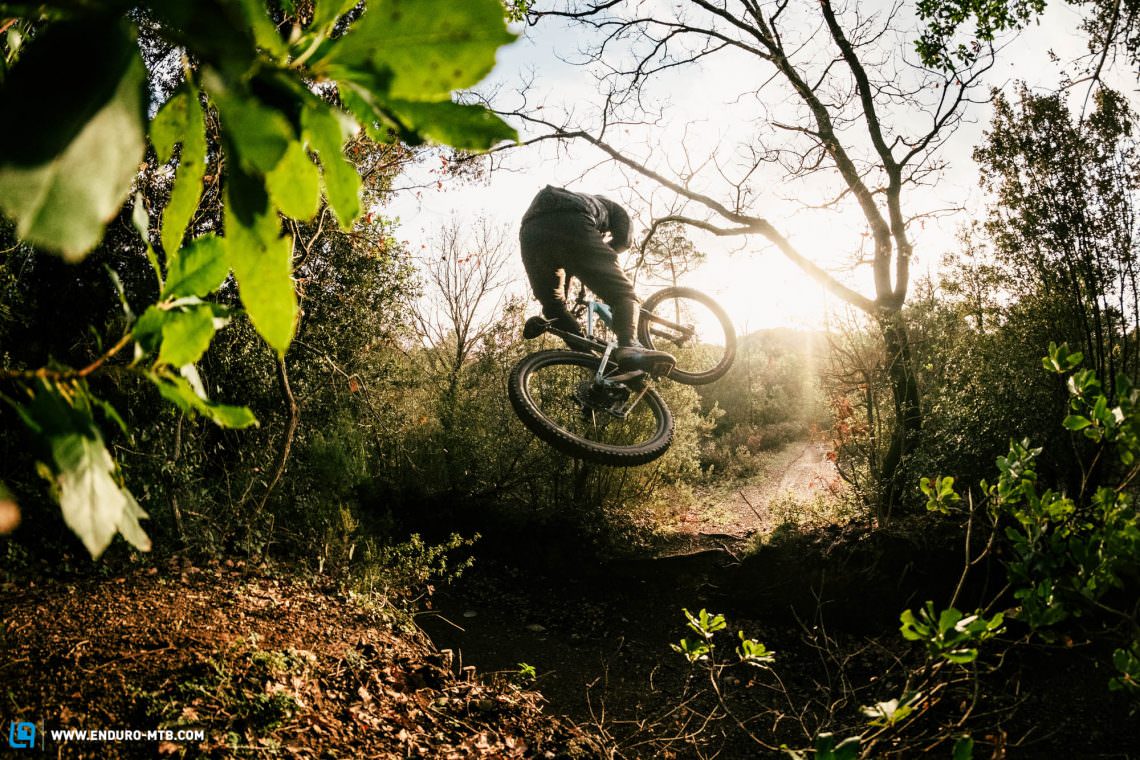
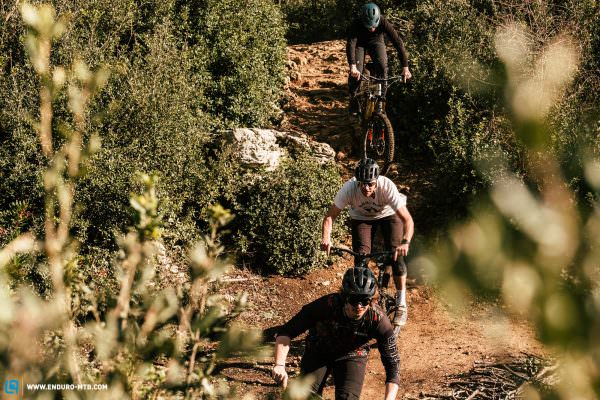
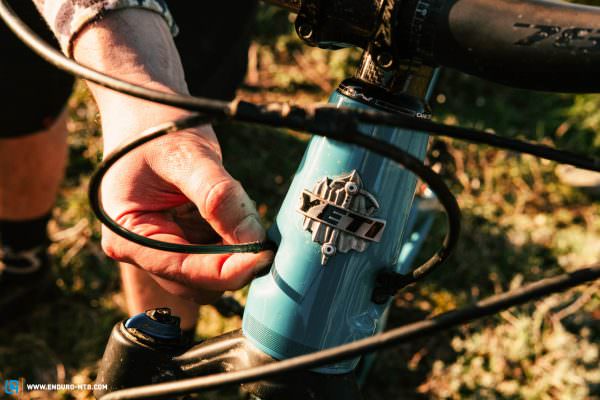
An overview of all 22 mountain bikes of 2021 on test
| Brand | Model | Price [€] | Weight [kg] | Front travel [mm] | Rear travel [mm] | Wheel size [“] |
|---|---|---|---|---|---|---|
| Canyon | Neuron CF SLX 9 | € 5,599 | 12.58 | 130 | 130 | 29″ |
| Canyon | Spectral 29 LTD | € 6,299 | 13.28 | 160 | 150 | 29″ |
| Canyon | Stoic 4 | € 1,699 | 13.76 | 140 | 0 | 29″ |
| FOCUS | THRON 6.9 | € 2,799 | 15.8 | 130 | 130 | 29″ |
| Ibis | Ripmo V2 | € 8,285 | 13.78 | 160 | 147 | 29″ |
| MERIDA | eONE-SIXTY 10K | € 9,899 | 23.1 | 160 | 150 | Mullet |
| MERIDA | NINETY-SIX 8000 | € 7,049 | 11.66 | 120 | 100 | 29″ |
| Nukeproof | Reactor 290C Factory | € 6,155 | 14.7 | 140 | 130 | 29″ |
| Orbea | Rise M-Team | € 9,338 | 18.46 | 150 | 140 | 29″ |
| Propain | Hugene | € 7,203 | 13.98 | 150 | 140 | 29″ |
| RAAW | Jibb XTR Build | € 7,540 | 14.8 | 150 (+10) | 135 | 29″ |
| Rocky Mountain | Instinct C70 | € 6,500 | 14.2 | 150 | 140 | 29″ |
| Santa Cruz | 5010 X01 | € 8,399 | 13.35 | 140 | 130 | 27,5″ |
| Santa Cruz | Tallboy CC X01 | € 8,399 | 12.94 | 130 | 120 | 29″ |
| SCOTT | Ransom 900 Tuned AXS | € 8,999 | 13.72 | 170 | 170 | 29″ |
| Specialized | S-Works Turbo Levo SL | € 13,999 | 16.95 | 150 | 150 | 29″ |
| Specialized | S-Works Stumpjumper | € 9,999 | 12.48 | 140 | 130 | 29″ |
| Specialized | S-Works Stumpjumper EVO | € 10,499 | 14.16 | 160 | 150 | 29″ |
| Trek | Fuel EX 9.8 GX | € 5,999 | 13.48 | 140 | 130 | 29″ |
| Trek | Top Fuel 9.9 X01 | € 8,999 | 11.54 | 120 | 115 | 29″ |
| Yeti | SB115 TURQ3 | € 10,990 | 12.38 | 130 | 115 | 29″ |
| YT | IZZO BLAZE 29 | € 3,999 | 13.9 | 140 | 130 | 29″ |
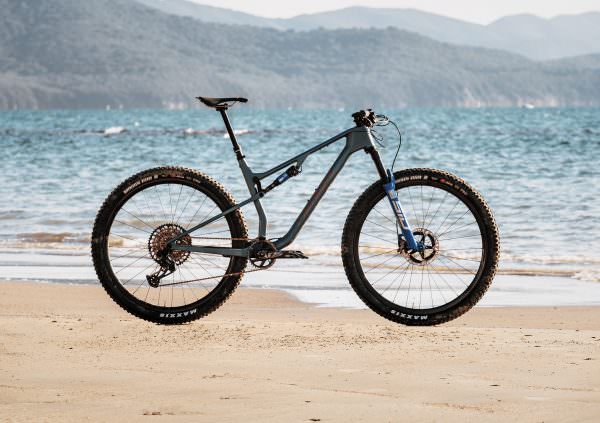
NINETY-SIX 8000 | € 7,049 | 11.66 kg
120/ 100mm (f/r) | 29″ | Click for review

SB115 TURQ3 | 10.990 € | 12.38 kg
130/ 115mm (f/r) | 29″ | Click for review

S-Works Stumpjumper | € 9,999
12.48 kg | 140/ 130mm (f/r) | 29″
Click for review
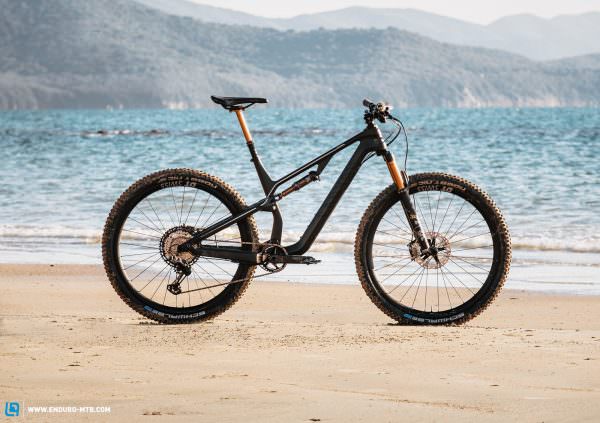
Neuron CF SLX 9 | € 5,599 | 12.58 kg
130/ 130mm (f/r) | 29″ | Click for review
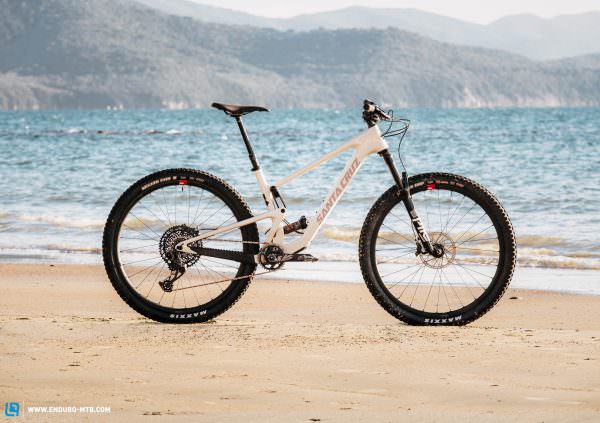
Tallboy CC X01 | 8.399 € | 12.94 kg
130/ 120mm (f/r) | 29″ | Click for review
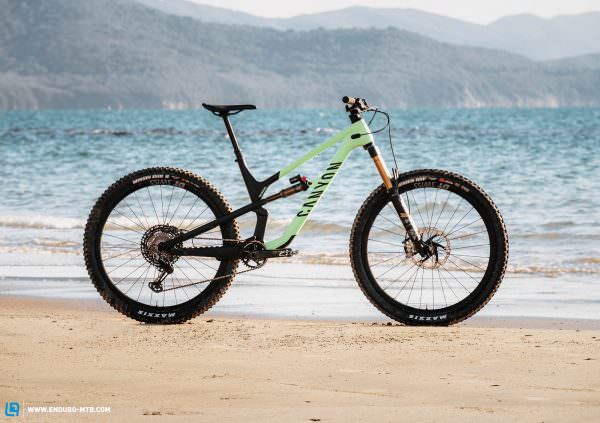
Spectral 29 LTD | € 6,299 | 13.28 kg
160/ 150mm (f/r) | 29″ | Click for review

5010 X01 | € 8,399 | 13.35 kg
140/ 130mm (f/r) | 27.5″
Click for review
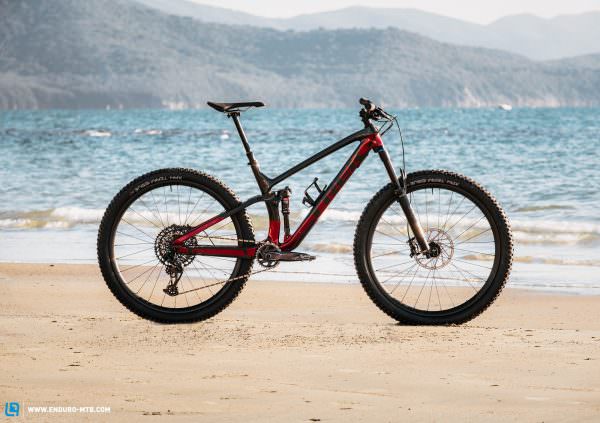
Fuel EX 9.8 GX | € 5,999 | 13.48 kg
140/ 130mm (f/r) | 29″ | Click for review

Ransom 900 Tuned AXS | € 8.999
13,72 kg | 170/ 170mm (f/r) | 29″
Click for review
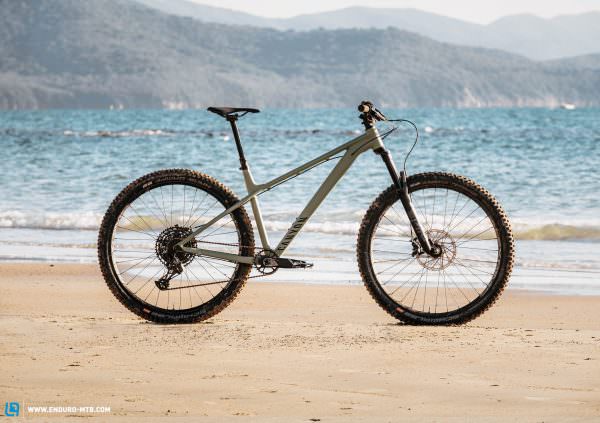
Stoic 4 | € 1.699 | 13,76 kg
140/ 0mm (f/r) | 29″ | Click for review

Ripmo V2 | € 8,285 | 13,78 kg
160/ 147mm (f/r) | 29″ | Click for review
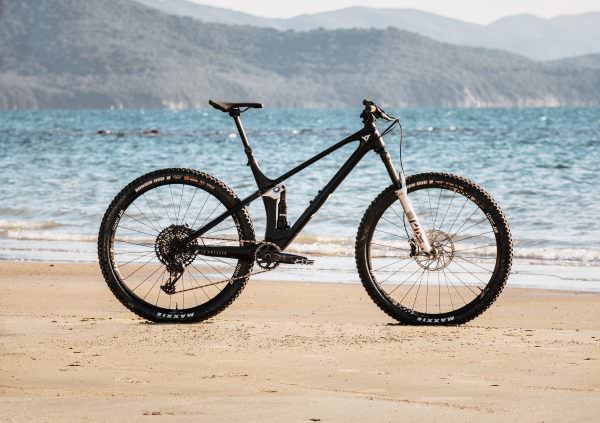
IZZO BLAZE 29 | € 3,999 | 13.9 kg
140/ 130mm (f/r) | 29″ | Click for review
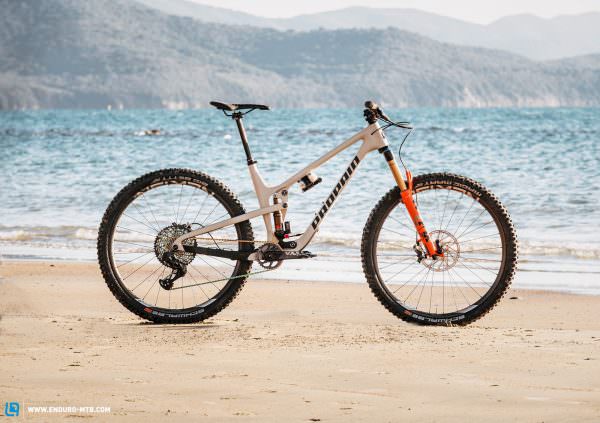
Hugene | € 7,203 | 13.98 kg
150/ 140mm (f/r) | 29″ | Click for review
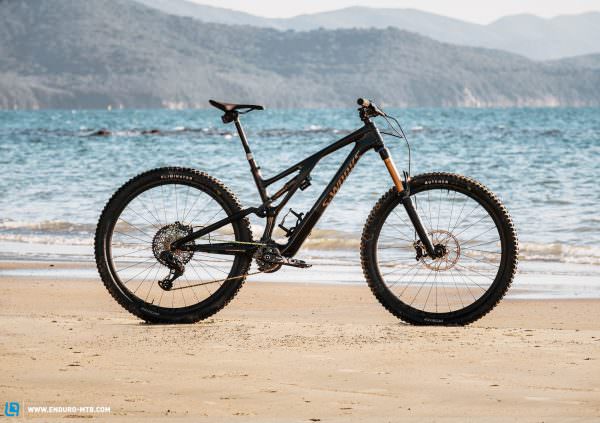
S-Works Stumpjumper EVO | 10.499 €
14,16 kg | 160/ 150mm (f/r) | 29″
Click for review

Instinct C70 | € 6,500 | 14.2 kg
150/ 140mm (f/r) | 29″ | Click for review
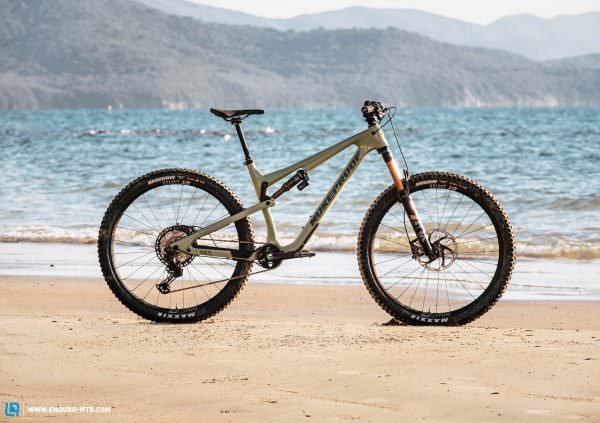
Reactor 290C Factory | € 6,155 | 14.7 kg
140/ 130mm (f/r) | 29″ | Click for review
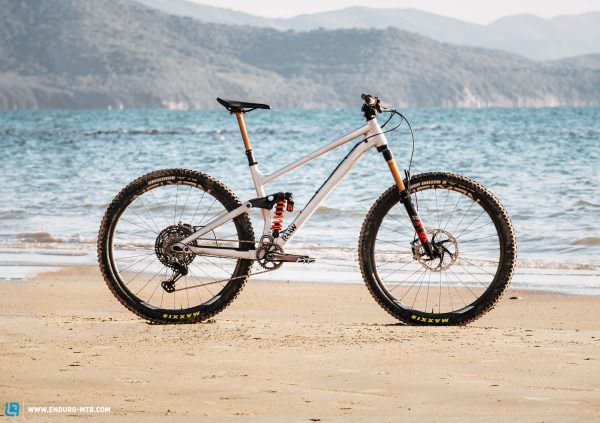
Jibb XTR Build | 7.540 € | 14.8 kg
150 (+10)/ 135mm (f/r) | 29″
Click for review
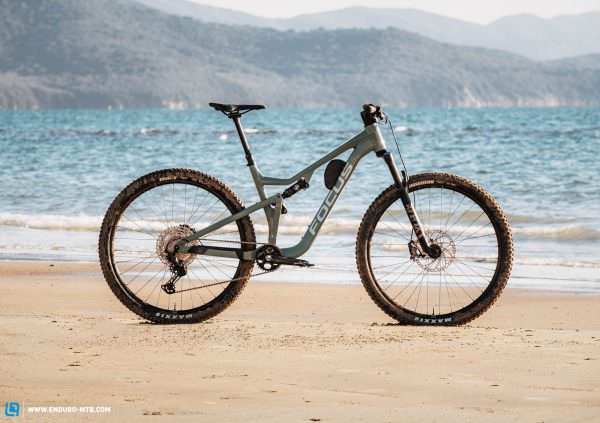
THRON 6.9 | € 2,799 | 15.8 kg
130/ 130mm (f/r) | 29″ | Click for review
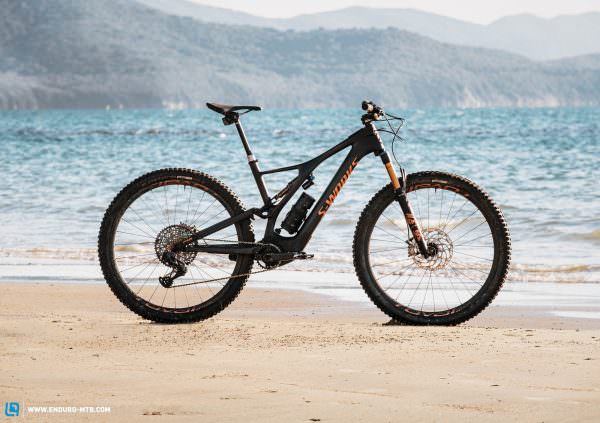
S-Works Turbo Levo SL | 13.999 €
16.95 kg | 150/ 150mm (f/r) | 29″
Click for review
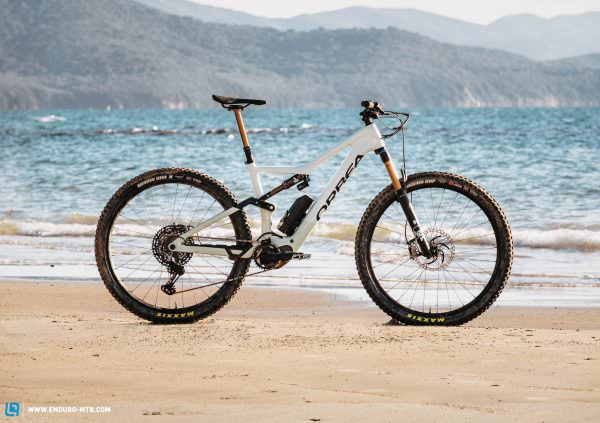
Rise M-Team | € 9,338 | 18,46 kg
150/ 140mm (f/r) | 29″ | Click for review
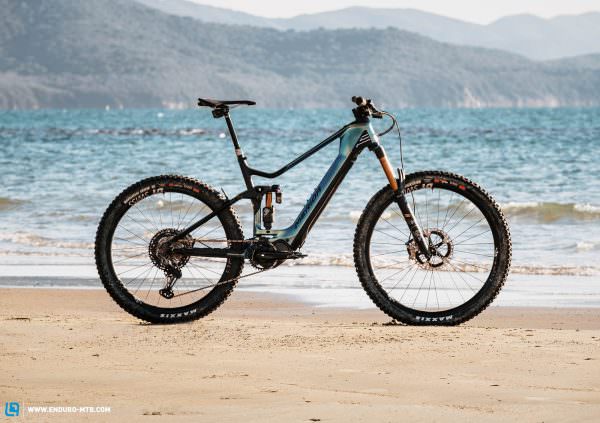
eONE-SIXTY 10K | € 9,899 | 23.1 kg
160/ 150mm (f/r) | Mullet
Click for review
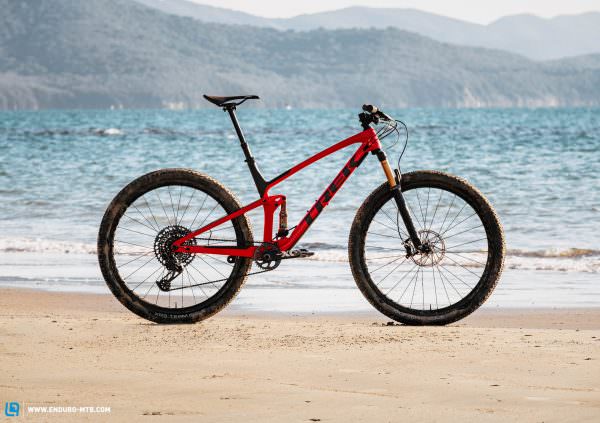
Top Fuel 9.9 X01 € 8,999 | 11.54 kg
120/ 115mm (f/r) | 29″ | Click for review
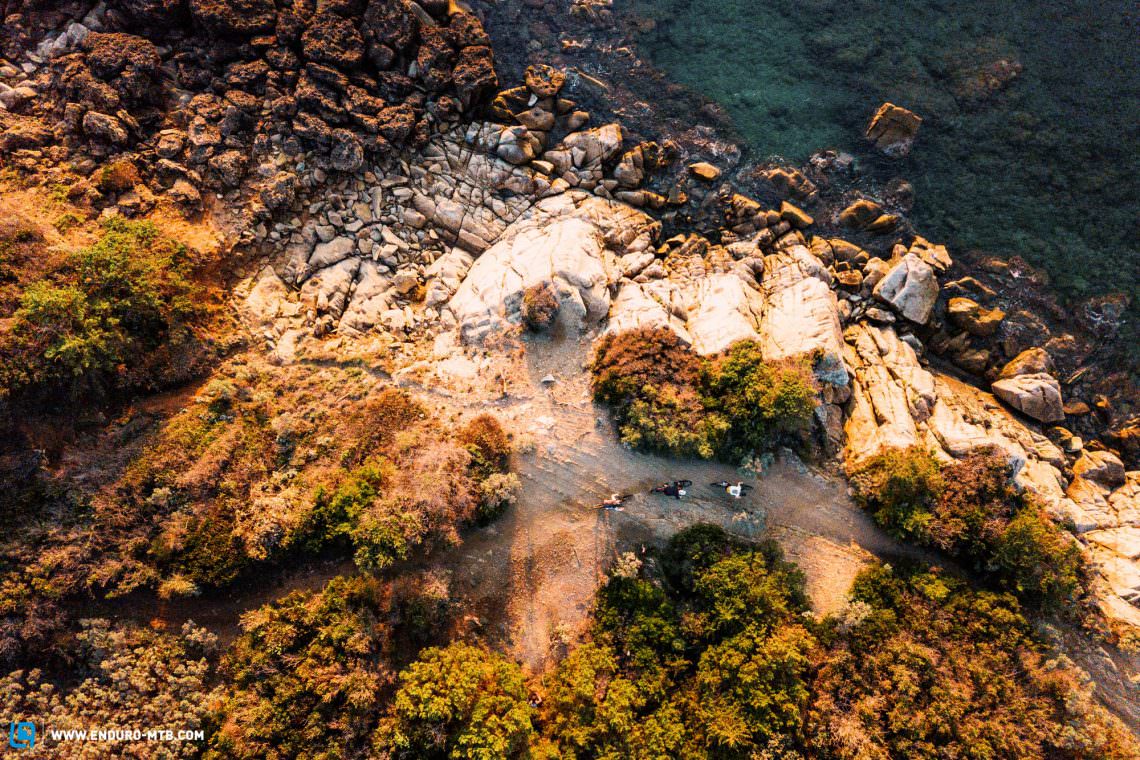
Diversity is the keyword of this group test, the test field of which cannot be explained on the basis of individual parameters. However, it does allow us to answer the following questions:
- How much money do you have to spend to have a lot of fun on the trails?
- Do you necessarily need a bike with the best components?
- Can a hardtail be as much fun as a full-suspension trail rocket?
- Could some eMTBs be the better mountain bikes?
We’ve got good reasons for including several models from the same brands. After our editorial team selected the most exciting and important bikes of 2021, we compared them with the feedback of over 28,500(!) readers in our 2020 survey. Our aim was to keep the test field as relevant as possible. We included three bikes each from Specialized and Canyon. On the one hand, we did this because the bikes in their portfolios are very different and allow for interesting internal comparisons. On the other hand, because they’re the most popular brands amongst our readers. Santa Cruz and MERIDA also sent us two bikes each as benchmarks within their respective categories, such as the MERIDA eONE-SIXTY, which won the 2021 eMTB group test in our sister magazine E-MOUNTAINBIKE.
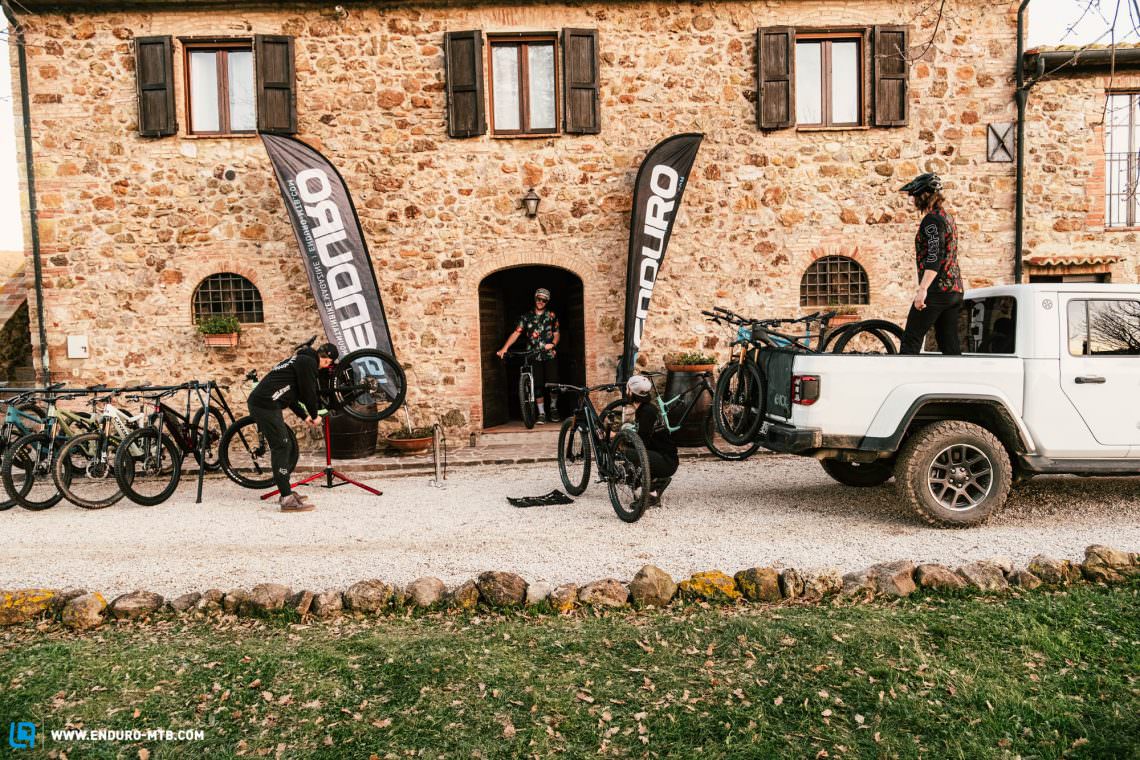
Full Disclosure: this test field is the biggest and most versatile that we’ve ever tested at ENDURO, though it’s still not complete. For that, we would probably have had to test at least 40 bikes, which would have been impossible. That said, we would have liked to have included some additional relevant brands, such as CUBE, Transition and Pivot. Unfortunately, they couldn’t or didn’t want to send us a bike to compete in this group test.
Extensively testing 22 bikes was a rewarding challenge, but the countless test rides and late-night debates also left their mark on man and machine. It’s likely that we’re treating ourselves to a well-deserved break just as you’re reading these lines – over 120 pages of text in two languages. That’s a wrap! Enjoy!


Big changes and big opportunities – Who wants to join us as we shape the future of mountain biking?
Coronavirus has had a major impact on the bike industry, presenting us with new challenges in the short term, including price hikes, delays and stock shortages. However, it has brought us huge opportunities in the mid-term, and by that we mean a rapidly growing community! Due to the bike boom, we are welcoming many new riders to the trails and readers to ENDURO magazine. What does this mean? We’re remaining true to our values, though we take our responsibility seriously and have thus added exciting new facets to our content.
Nothing would be worse than allowing the newbies amongst us to get lost in the jumble of buzzwords, to buy the wrong bike, get frustrated and ultimately throw in the towel after a year or two. Or letting them get into trouble with the established bike scene due to a lack of respect and understanding or inconsiderate behaviour. As such, it’s critical that we dispel old prejudices, false beliefs and misleading categories right from the start. The aim of this group test is to create a new perspective and a new understanding of the market’s current developments and to redefine the mountain bike segment.

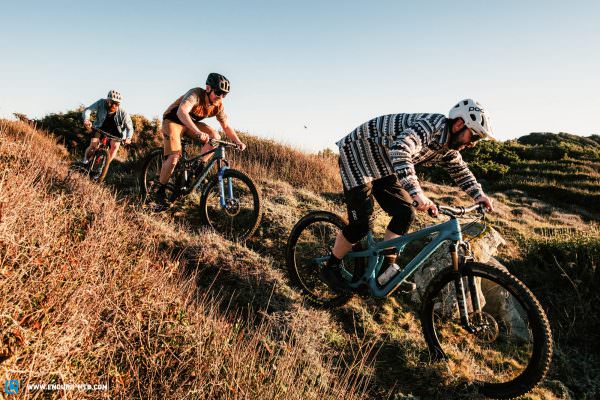
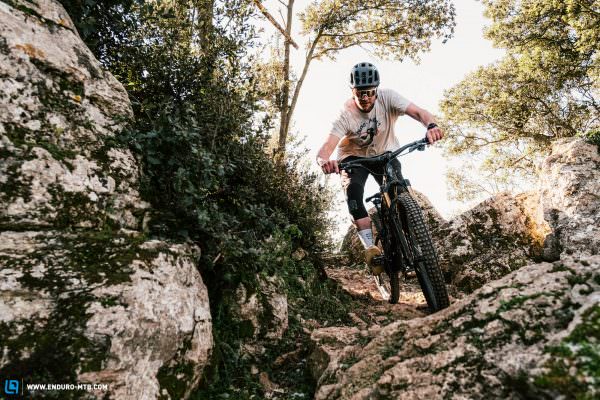
Why we’re not looking for the best trail bike – And why you shouldn’t discriminate against bananas!
This time, we’re starting where other group tests or tech discussions have stopped, because to understand the details and differences, you have to see them in the context of the wider mountain biking world. To ask which is the best 29er or the best 150mm trail bike has always been the wrong question. Unless all you want to do is beat your opponent in a game of Top Trumps with the most powerful motor instead of actually going to the racetrack where you’ll quickly realise that it depends on so much more than the motor’s output or individual specs.
For this reason, we have always made the categories of our group tests broader and never set out to find the best 29er, looking for the best mid-priced trail bike instead. Why have we suddenly decided to go even further, broadening the category even more? Quite simply, because this time we’re not looking for the best apple but for the best fruit. After all, if you want to eat healthier, you’re not going to compare 30,000 varieties of apples. Instead, you will look at which fruit provides the most nutrients and vitamins and which tastes the best. Comparing apples with apples would be fruitless (pun intended). A pear is at least as relevant as an orange, a mango or maybe even a banana.
Anyone looking for the best fruit won’t be satisfied with a comparison of only apples.
If you’re looking to have maximum fun on the trails, you’d be making a mistake to focus on just one type of bike. As such, we weren’t satisfied with testing only the best trail bikes, aka apples, but threw in a wide range of bikes including eMTBs and a hardtail that, in reality, get ridden on the same trails. This is the only way to tease out the advantages and disadvantages, as well as the differences of the individual types of bikes. It is no coincidence that we’ve decided to go this route for 2021. It is thanks to certain developments in the bike industry and a paradigm shift that is taking place within it. To explain this, we have to take a brief look at the history of mountain bikes and see what has happened in recent years.

Time travel – How we lost “THE” mountain bike
Mountain biking’s big bang happened in the 1990s. At the time, the world was a simple place: there was “THE” mountain bike with which riders did everything. The mountain bike stars of the time rode downhill and XC World Cups on the same bike. Inevitably, the sport developed: people wanted more and pushed the limits of what was possible, going faster, further, making bikes stiffer, more durable and lighter. New disciplines emerged and with them new requirements and challenges. During this progression, “THE” mountain bike was lost, with countless innovations leading to increasing specialisation over the last 30 years. From the development process itself to components such as the dropper post to radical new geometries, suspension, and drivetrain concepts, it all contributed to bikes being designed for specific disciplines, in which they improved exponentially, simultaneously drifting further and further away from being a unifying all-rounder.
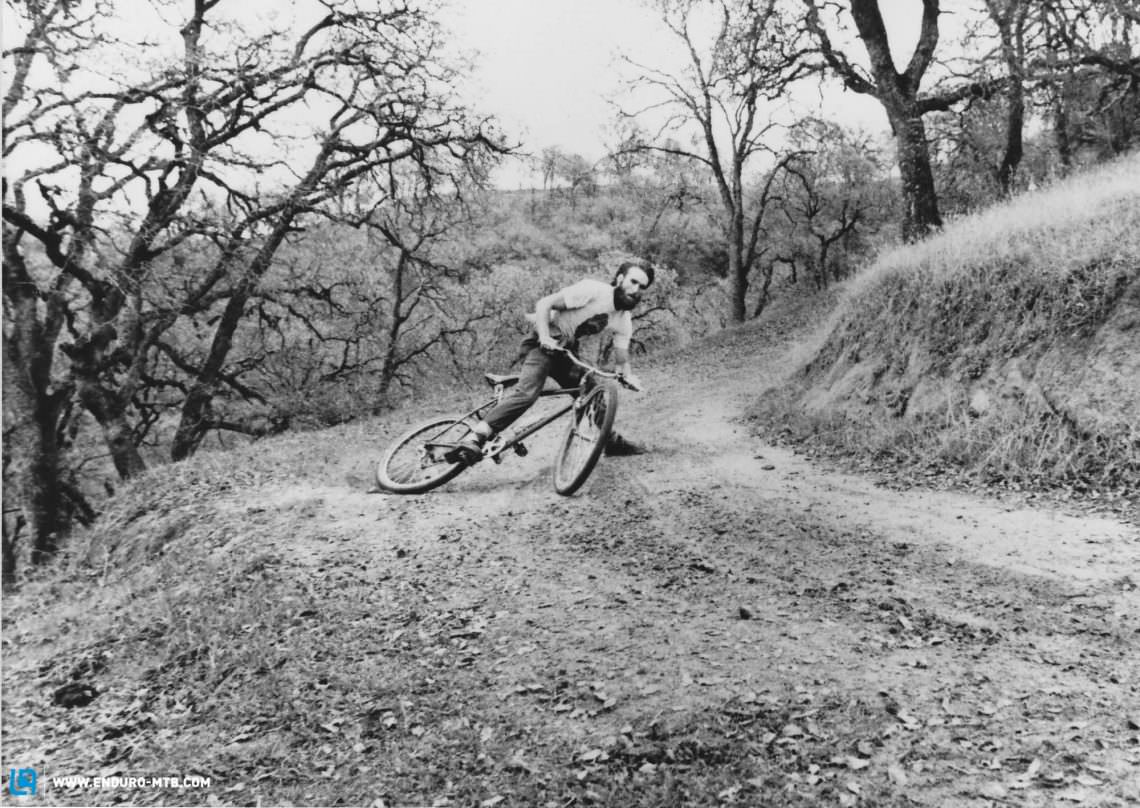
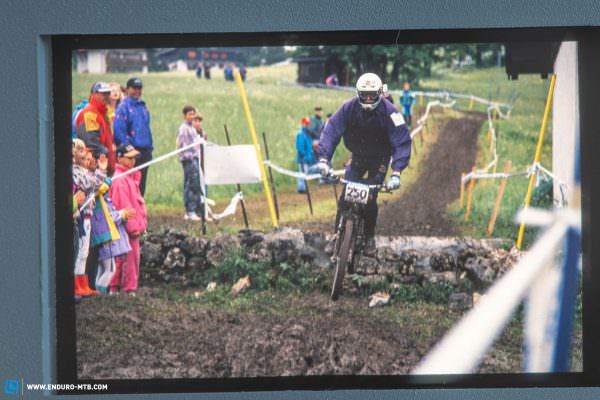
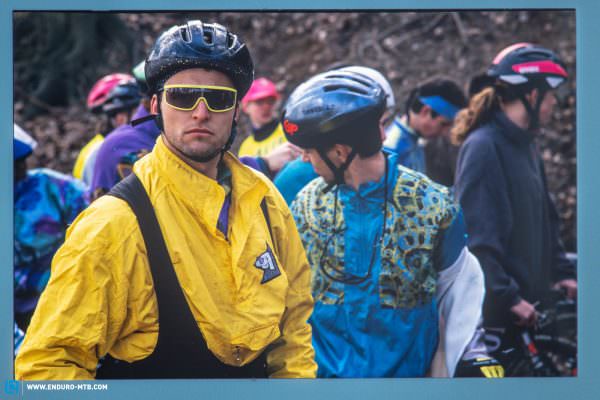
In recent years and decades, bike categories with enticing names have vied for our attentions and our credit cards: all-round tourers, downcountry, backcountry, long-travel trail bikes, trail twenty-niners, over-mountain, super-all-mountain, somehow always to do with mountains, trails, “all” and large wheels. But only somehow! Particularly in traditional media but also in the marketing machinery of most brands, superlatives and neologisms still seem to be en vogue, aiming to differentiate themselves from the competition and propagate the next (r)evolution. Bike scene veterans are familiar with the game and the ambivalent mixture of “We’ve seen that before,” and “Wow – that’s brilliant and so much better!” The good news is that we’re seeing a shift happening and you don’t have to be a history buff to know that developments are cyclical. We are well on the way back to the beginnings of mountain biking when you had “THE” mountain bike to do it all!
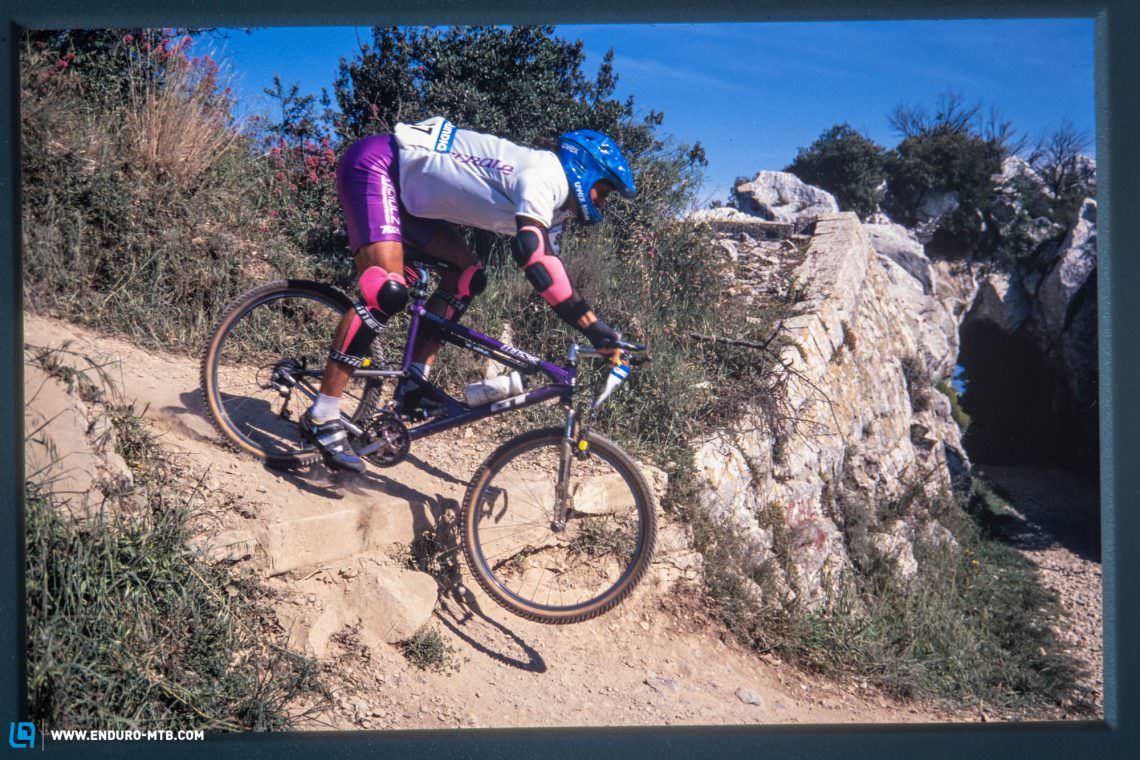
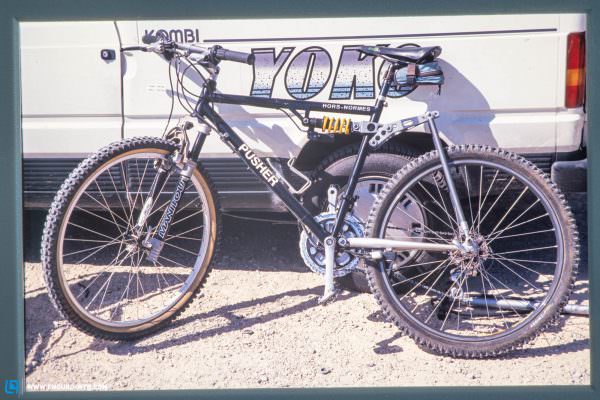
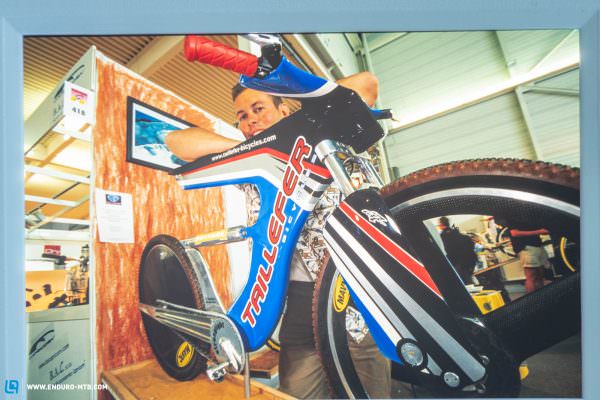
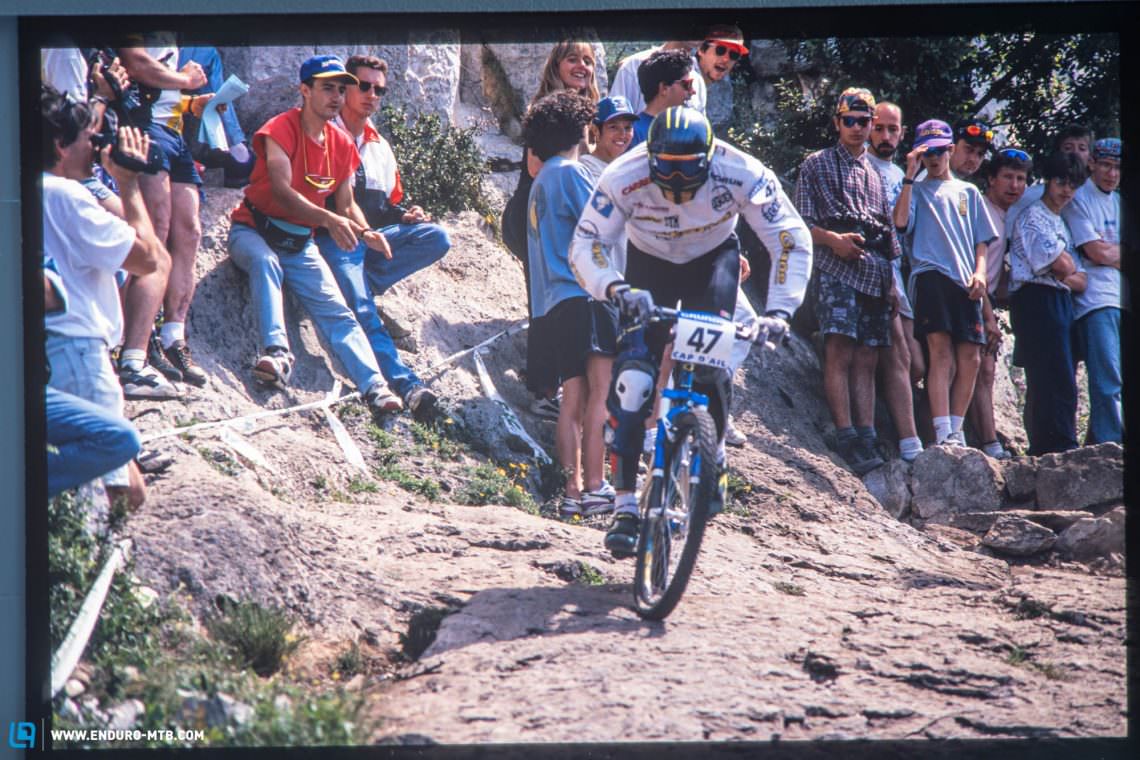
Back to the big bang – The rebirth of the mountain bike!
Paradoxically, bikes designed for specific categories have developed and improved so much in recent years that they’ve become increasingly versatile. In this regard, it was good and important that the mountain bike segment became so differentiated and specialised as the respective subcategories allowed the bike industry to learn what really matters in different situations. With this knowledge and new technologies in hand, they’ve been able to realign their focus on the big picture. All the detours and highly specialised developments have brought us to the point where we are today, able to state that formerly specialised categories have grown closer than ever before, allowing the re-emergence of “THE” mountain bike that can do (almost) anything. The ultimate all-rounder. To put it differently, after all the upheavals of the past years, we now have bikes that are more than just the best apple or best orange, but actually the best fruit. It’s allowing us to get back to what biking should be about.

Could and wanted to do everything… and it was the only option you had. In the 1990s, downhill and XC cups were ridden on the same bike on the same day!

Can and wants to do anything and is even better than some specialists! Current developments are plunging some brands’ portfolios into an existential crisis. Example: the new Canyon Spectral is more efficient and comfortable on tours than its touring focussed sibling, the Neuron.
Who defines what a mountain bike is and how it should be?
Who or what actually determines where one category ends and another begins? Is it the travel? The wheel size? The geometry? The weight or the components? Does short-travel suspension automatically mean efficient climbing characteristics? Do heavy bikes necessarily climb badly? Does a FOX 36 suspension fork automatically turn a bike into a brawler?
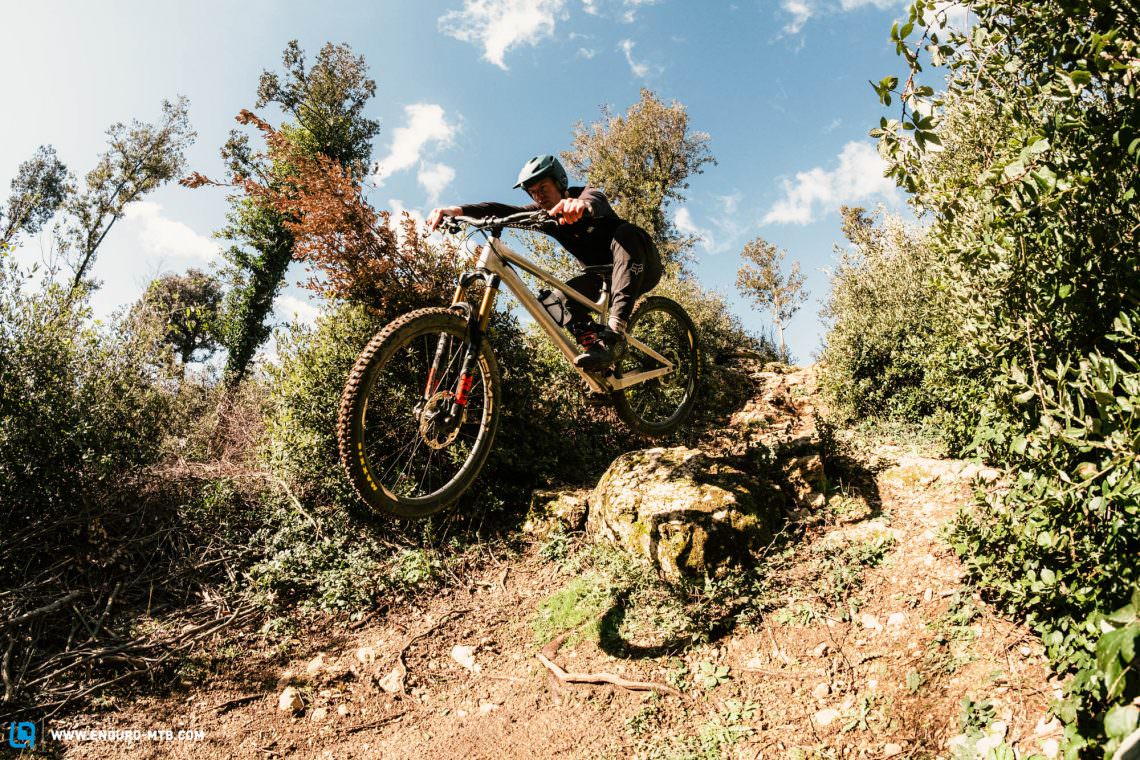
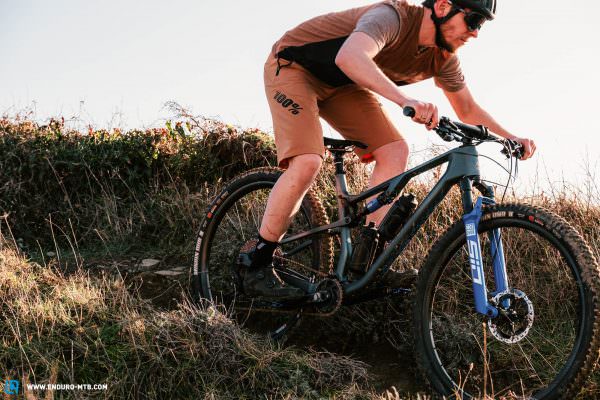

Click your way through brands’ websites and model ranges and you will find huge differences: each brand defines its own categories. Some do it on the basis of intended use, others on the basis of individual parameters such as travel or wheel size. Each brand decides for itself what is useful or pointless. However, we can say this: in the real world, it’s not a matter of categories or individual bike specs but of how the individual bits of a concept work as a whole. A 115 mm travel bike can be significantly more capable than a longer travel model. And long travel doesn’t necessarily make a bike bad at climbing. On the contrary, some of the longer travel bikes in this group test climb better than certain XC bikes. Therefore, individual technical parameters should never be a decisive criterion for a bike and its category. But what does it come down to then?
Standards have changed so often until they disappeared altogether.
Anyone who knows us knows, our approach is holistic. What counts for us is what you can actually feel and perceive as added value on the trail. Everything else may empty your bank account or satisfy your ego, though it does little for the intended use or purpose of a mountain bike. Speaking of purpose, can you remember why you started riding in the first place and what it is you love about mountain bikes?

How does it make you feel? The mountain bike as a means to an end
The bike industry’s most recent technical developments have reached new heights, but things have also become so convoluted that you often can’t see the forest for the trees. Standards have changed so often until they disappeared altogether. The focus was on trying to include as many technical features as possible, during which we lost sight of what mountain biking should really be about: the way it makes you feel.

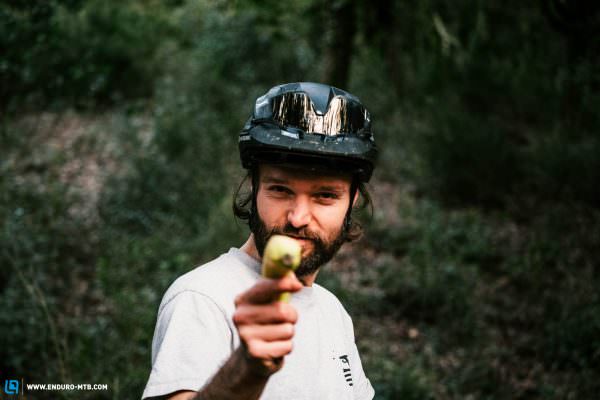

At its core, a bike is a means to an end. A tool that…
- takes us to places we would otherwise never have seen.
- allows us to see our surroundings from a new perspective.
- allows us to quickly escape everyday life and get into nature.
- introduces us to new people, helping us forge new friendships and become part of a cool community!
- takes our fitness and endurance to the next level.
- is hip, cool and stylish!
- provides excitement, a feeling of adventure and variety after work or on the weekend!
- has changed the way we commute to work and calmed our ecological conscience.
- challenges us to try new lines, jump bigger jumps and push our boundaries.
- improves our technical understanding, fascinates us and turns some of us into tech nerds.
- ensures that we feel more alive and experience life more intensely.
- is like meditation – our thoughts calm down with every revolution of the cranks.
- might help us win races.
- is brilliant in every way.
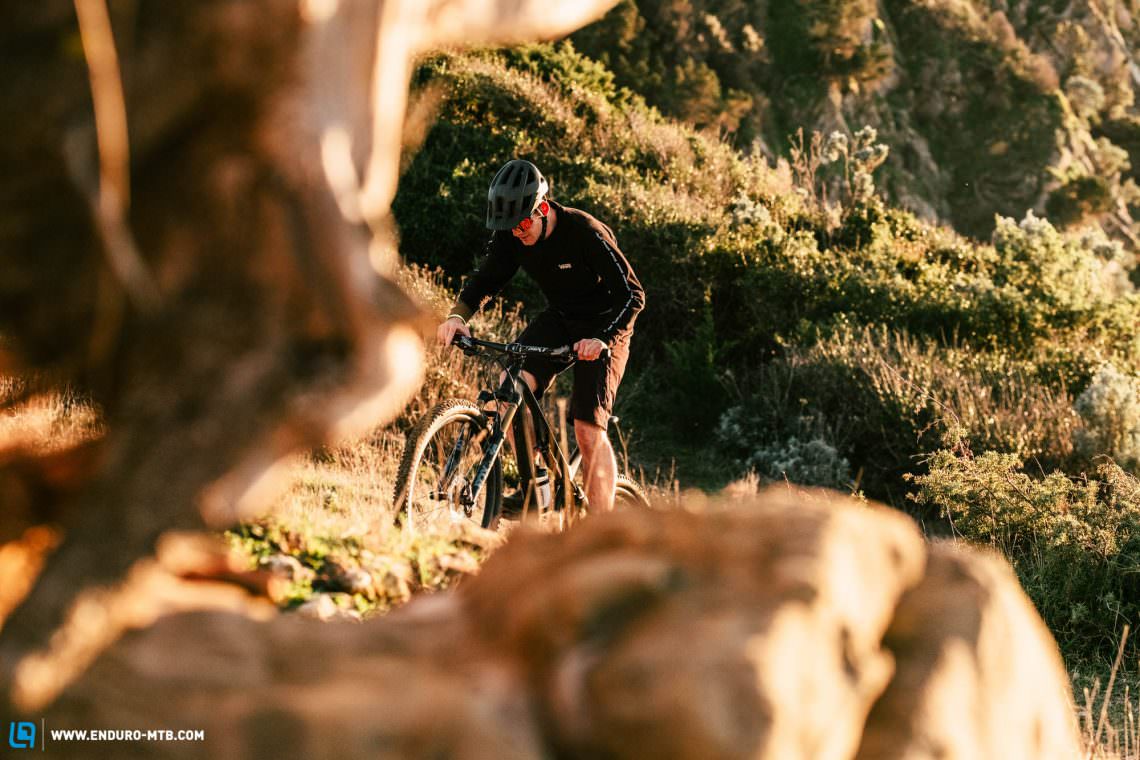

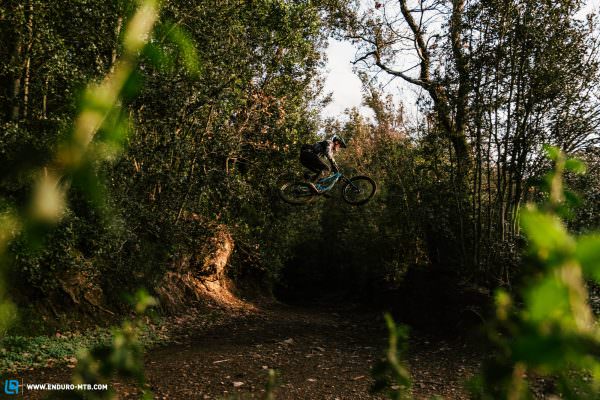
We ride because mountain bikes allow us to experience all of the above: to feel fast, proud, clever, crazy, adventurous, lively, fit, like we’re part of a community. It just makes us feel good! Once you realise this, you’ll begin to understand how far-reaching the effects of mountain bikes can be, what it can mean for our lives and what we should bring our focus back to!
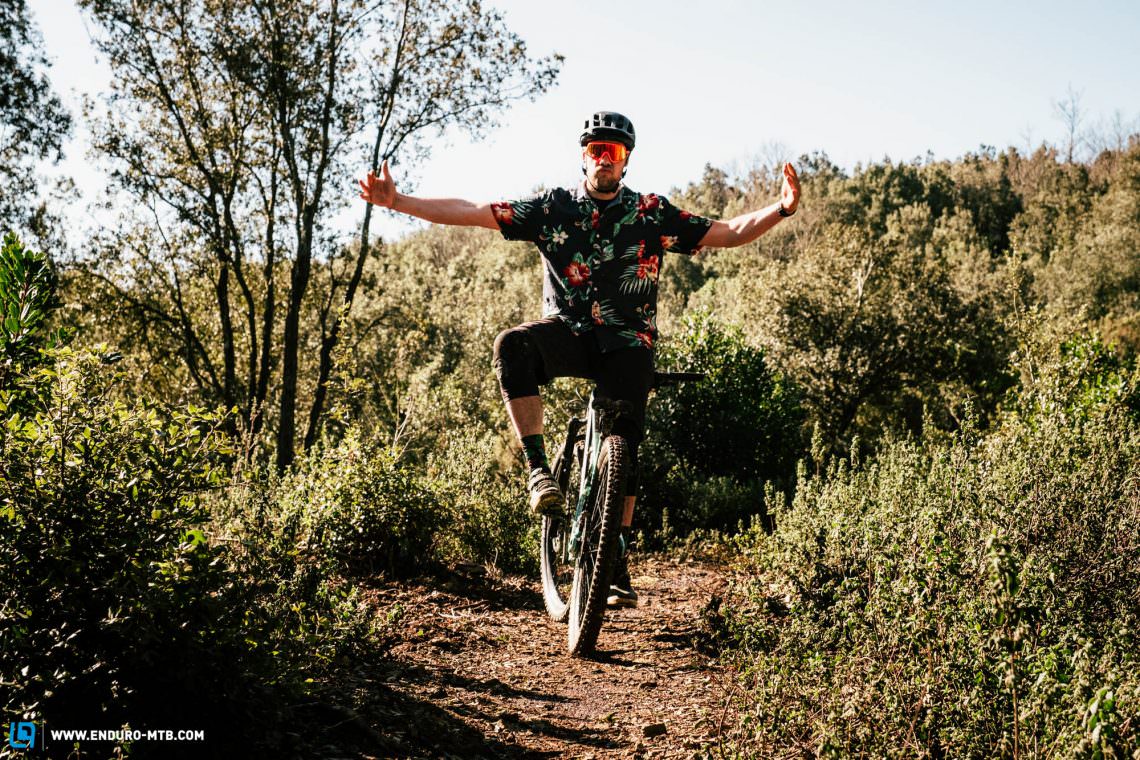
Mountain bikes and eMTBs – Why does our test field include eMTBs?
By now, you probably have a good understanding why, after careful consideration, we decided on such a diverse test field. We live in a time in which, after years of high-level specialisation, the industry is finding its way back to its roots and developing all-rounders. The trend for “THE” one bike is back. The one that can do (almost) everything and whose focus is on what it was originally all about: having as much fun as possible in all terrain. To be ready for every adventure you encounter. Why should we ignore this development and keep looking for the best model of a certain category, like trail bikes? Why should we keep comparing apples when we can just as easily find the best fruit?
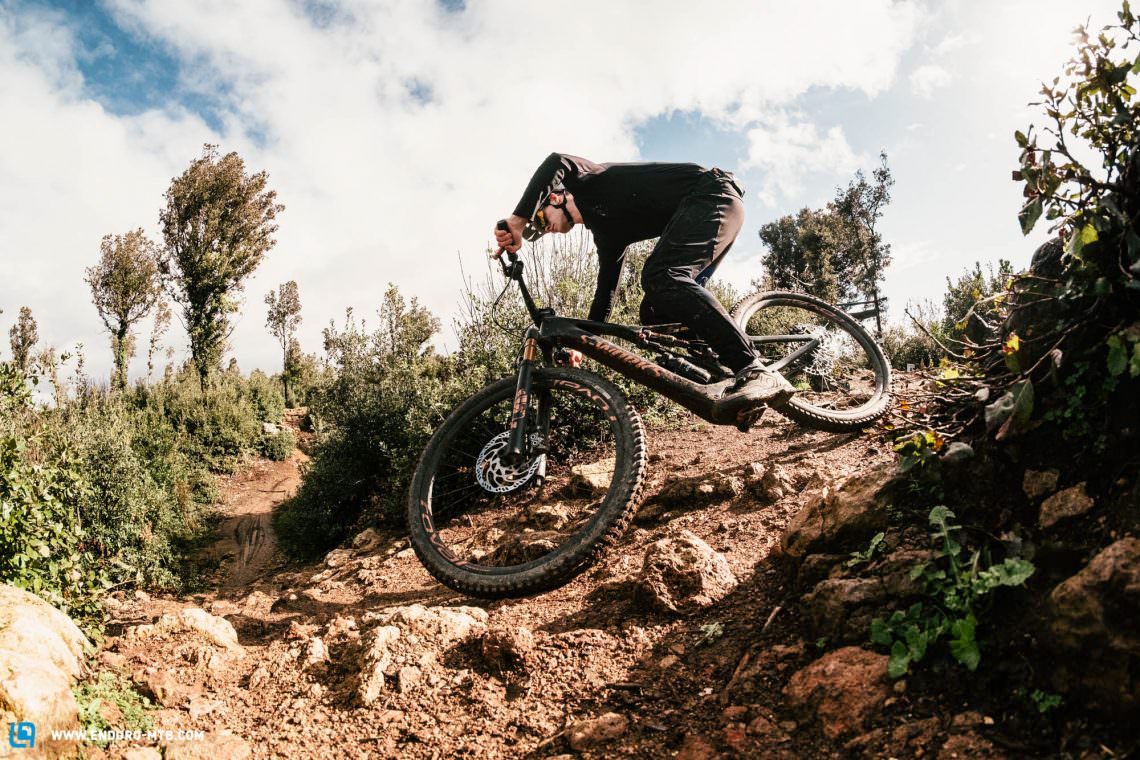
It is for this reason that we’ve included such a diverse range of bikes, from a hardtail to eMTBs. We simply took a look at what fruit the market currently has to offer, whether organic or not. Now, there will surely be a lot of readers out there thinking to themselves or even guffawing that comparing eMTBs with analogue mountain bikes just isn’t fair. They would be right – but only if, like other magazines, we were to rate the bikes according to a rigid points system, tallying the score at the end for the final grade or giving ratings such as “great” or “very good”, according to the total number of points achieved. However, that’s not how we work or how we rate bikes. We have always been convinced that such an assessment can’t do justice to the individual strengths and weaknesses of a bike’s character.
It always depends on the system as a whole. A harmonious entry-level bike can make an inconsistent flagship bike eat dust!

We always look at bikes as complete systems. This is another reason why we care so little about categories such as 29ers or 150 mm full-sussers, because it all depends on how well-suited a bike is for a certain application and type of rider. A harmonious bike with budget components can make an incoherent high-end model eat dust on the trail. The best components are worthless if they don’t harmonise with one another or if the kinematics and geometry of the frame aren’t right. Every bike has its own character and even models with very similar specs can ride like night and day. A perfect example of this are the Canyon Neuron and Nukeproof Reactor. In most cases, it isn’t possible to judge whether one is good and the other is bad. It always depends on what suits you. The best option for one mountain biker may not be all that good for another.
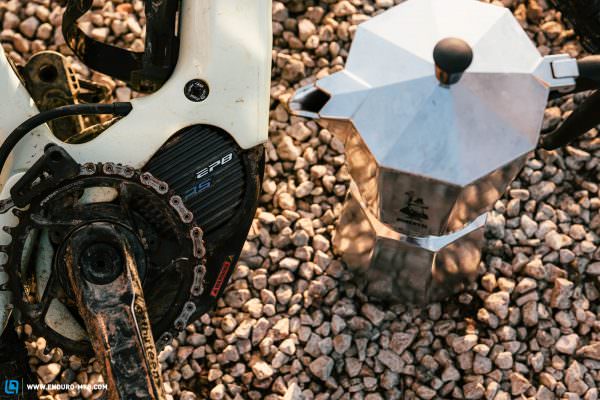


The same applies to eMTBs. They are great for some people and purposes but not for others. So why not compare an eMTB with a mountain bike to work out the differences in specific scenarios? In the article “eMTB vs. MTB – Should my next bike be an eMTB?” we take a deep dive into the topic and discuss why it pays to overcome your mental barriers and understand your individual needs instead. It is only by comparing different concepts and technologies that we can place them in a larger context and see the big picture. EMTBs widen the horizon and open new possibilities for our beloved sport. Besides, according to our 2020 reader survey, the majority of its 28,500 participants are interested in eMTBs and over 50% of our readers have ridden one already! As such, we’d be remiss if we didn’t include them in our search for the best mountain bike.
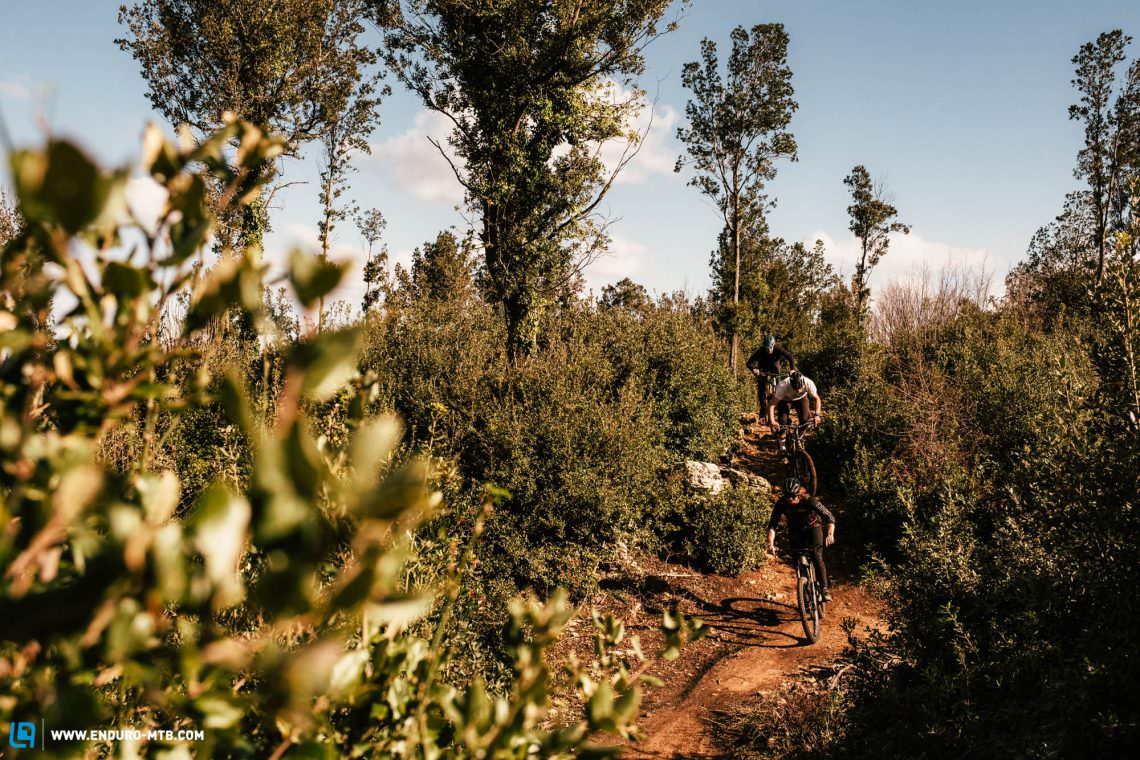
Trail ≠ trail, mountain ≠ mountain, biker ≠ biker
We’re convinced that we’ll finally rediscover “THE” mountain bike, one that will never let us down, whatever gets thrown our way. But we also know that not all of you need an all-rounder or want to own one bike to do it all. How much bike park gnar, how much singletrack flow or touring comfort different riders want doesn’t only depend on their individual preferences, it also depends on the terrain in your area. A trail in Stuttgart is completely different to a trail in Munich, Whistler or Los Angeles. We owe it to you, our readers from all over the world, and to ourselves to keep those differences in mind.

Naturally, we don’t all live in the same place and everyone rides trails differently. This means that we have different priorities, needs and requirements. For some riders, sliding out the rear wheel is the ultimate challenge, for others it’s technical root trails or jumps with steep lips. No matter how you look at it, a category never does justice to the product, least of all when considering your individual interpretation of it! Besides, some buy a hard-hitting bike purely for their annual holiday trip, suitable for the kind of terrain there, while others buy a bike that performs best on their local trails in the low mountain ranges.
We have a clear goal: we want to help you find the right bike for you and your needs.
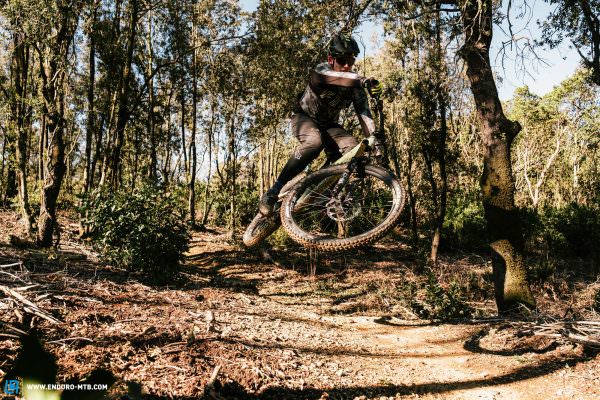
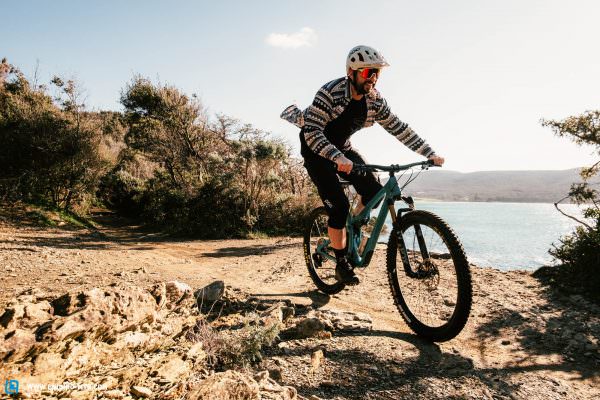
We’re all the more pleased to announce that we did find the best mountain bike of 2021 in this group test. Not only that, but we did so with our tried and trusted system – we’ve written an in-depth review of each bike that clearly identifies the purposes for which and types of riders to whom they are and aren’t best suited. With this, you can find the best bike for you and your needs and thereby avoid investing your hard-earned money in the wrong bike, which is what we’re ultimately all about. We want to help you find a bike that is just as versatile as you, so that you aren’t limited by your bike. In short, the right bike for you!
What does the best mountain bike of 2021 have to be capable of?
The revolutionary concept of this mountain bike group test replaces our previous trail bike group test and goes beyond its limits. Since we recently tested the hottest enduro bikes in the same region and on some of the same trails, we picked out two exciting reference bikes, the Specialized Stumpjumper EVO and Ibis Ripmo V2 to serve as benchmarks for this genre. Together with big hitters like the 170 mm travel SCOTT Ransom, we took them to Massa Marittima to place this group test in a wider context.
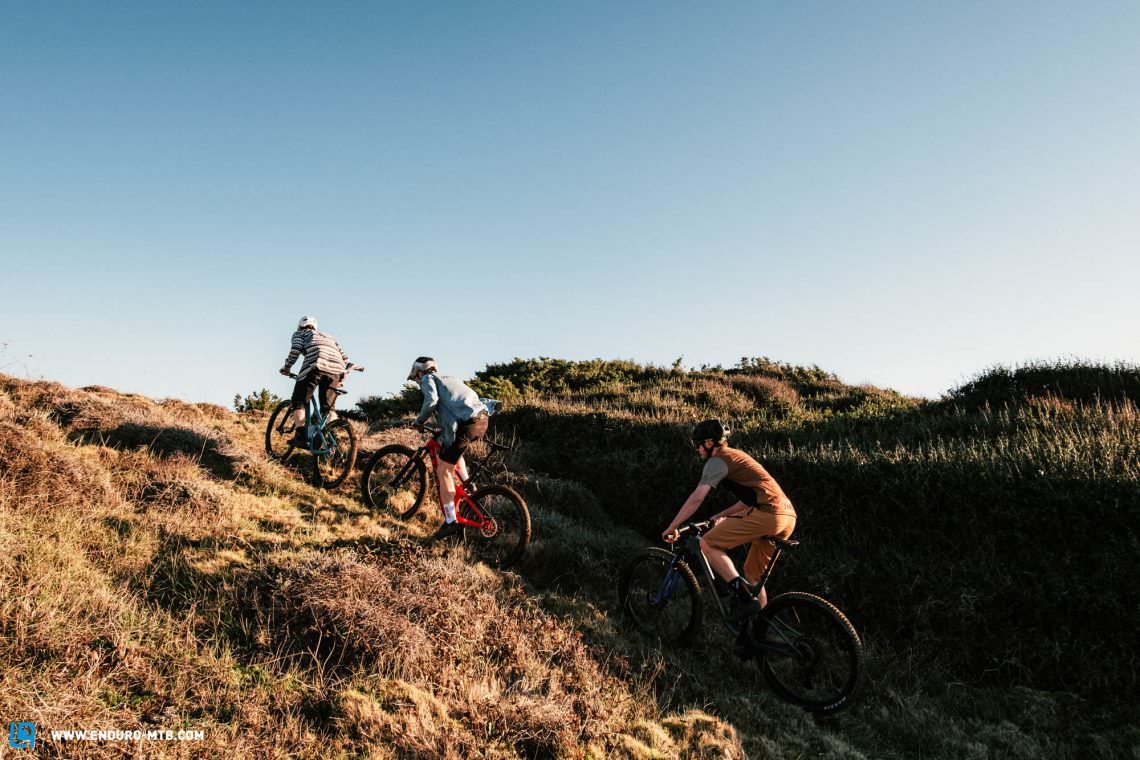
Our autumn enduro bike group test placed much more emphasis on speed, downhill performance, jumps and gaps. We asked ourselves which bike allows you to have fun on your home trails and, assuming you’ve got the skills and fitness required, could also be used to take part in an EWS race. The best enduro bike shouldn’t shy away from long shuttle days in Finale Ligure or laps in the bike park while also pedalling comfortably uphill. If that is the kind of bike you’re looking for, we’d recommend checking out our 2021 enduro bike group test.
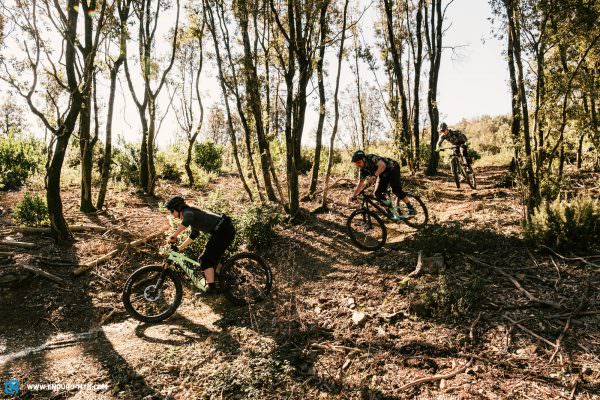
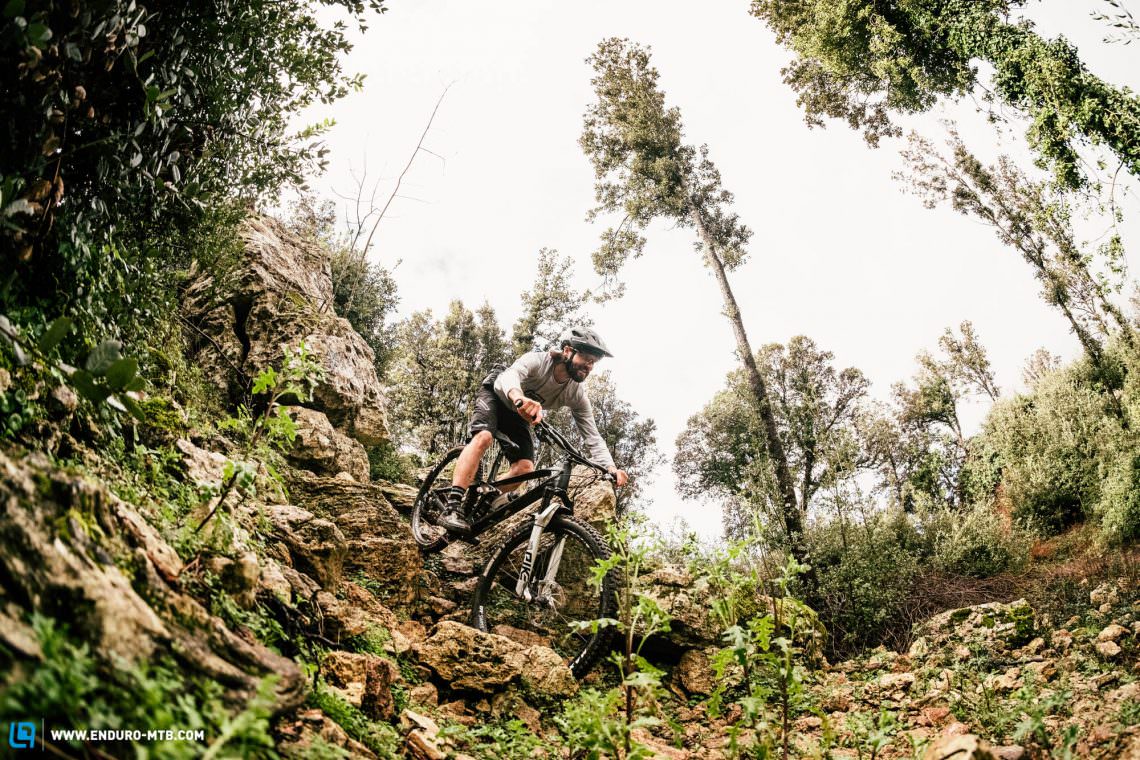
However, this time our test team set out to answer a completely different question, asking ourselves, “Which bike would you buy if you were allowed to explore all the trails of this world but only own one bike?” The bike that manages to strike the best balance, delivering the most versatile, fun and high-performance package for the 2021 season deserves to be crowned the best mountain bike of 2021.
We were looking for the best all-rounder that can climb efficiently and descend in a fun, fast and safe manner. To do so, it has to combine seemingly opposing characteristics and be suitable for beginners and experts alike, for active as well as passive riders, offering a complete and carefree package of performance, fun and usability. A bike that is as suitable for relaxed tours as it is for jump lines and the occasional race. Sound impossible? It isn’t, as we found out in this groundbreaking group test. Even if the majority of the 22 bikes couldn’t fulfil these requirements, some did!
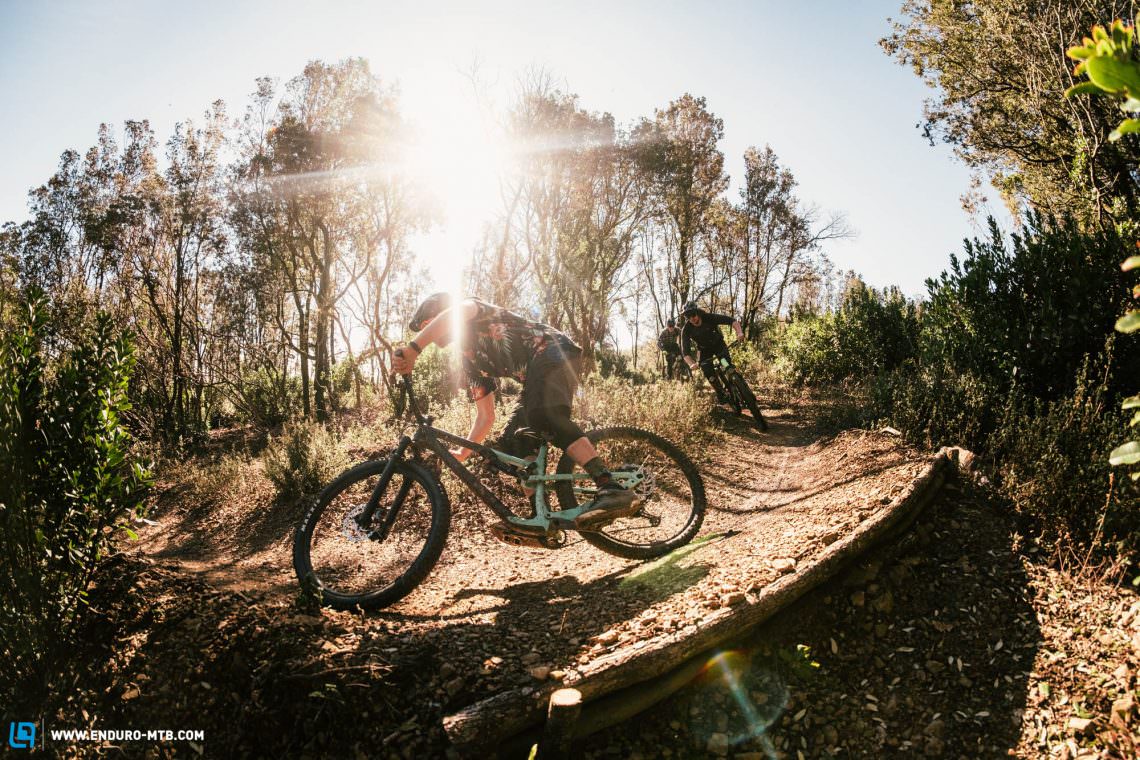
The group test in numbers – The most exciting facts about our 2021 mountain bike group test and test field
Although numbers don’t have feelings, they can give you a good idea of tendencies and trends. As such, we’ve gathered all the most surprising, sad, entertaining and enlightening facts and figures from the test. They offer us exciting insights into mountain bike development and trends regarding technical details and brands.
The average price of the bikes in this group test is € 7,661.
Eight bikes for the price of one? The most expensive bike on test (€ 13,999) costs eight times as much as the most affordable bike (€ 1,699).
In total, the bikes in this group test cost € 168,546, with which you could easily afford a Ferrari Testarossa and have money left over for a Jeep Wrangler or van for road trips and off-road adventures. You could also invest in 4,815 bottles of 2015 Avvoltore from Morisfarms, which should make for a good start to your wine collection. Unfortunately, the small winery doesn’t even have that many bottles!

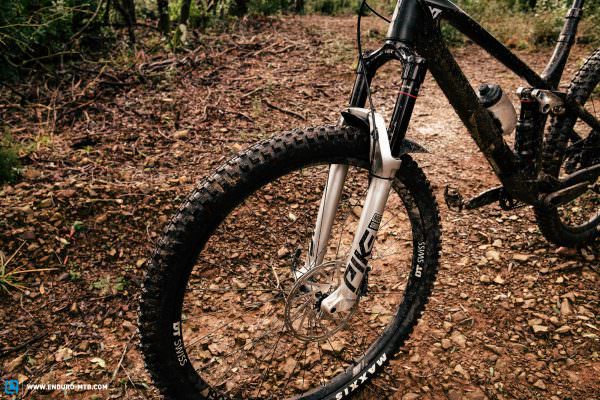
Though our current fork group test encompasses seven brands, it came down to a duel between just two here. In this group test, 5 manufacturers chose to rely on RockShox forks while 17 preferred to spec FOX suspension. There was not a single bike on test with a fork from a different brand. The shocks are divided along the same lines, excepting the hardtail of course.
- The average bike weight comes in at 14.33 kg.
- The average test rider weight was 80.6 kg.
- The heaviest test rider weighed 98 kg.
- The lightest test rider weighed 58 kg.
- 4.54% of the bikes come with 27.5″ wheels.
- 4.54% of the bikes resort to an MX setup (29″ front, 27.5″ rear).
- 90.92% of the bikes roll on 29” wheels.
- The tires ranged in width from 2.3″ to 2.6″.
- Giving an average tire width of 2.41″.
- The average reach of our size L test bikes was 470 mm.
- The longest reach was 485 mm and the shortest reach measured 451 mm.
- At 480 mm, the longest seat tube was 55 mm longer than the shortest, which is much too long in our opinion!
- 13.63% of the bikes rely on a motor, offering an average torque output of 60 Nm.
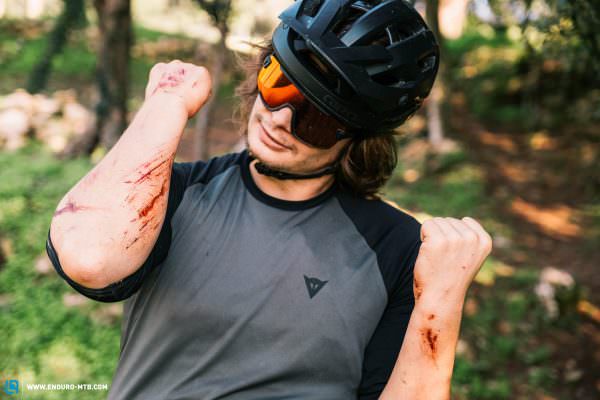


The damage:
- 5 broken carbon rims
- 1 broken aluminium rim
- 14 flat tires
- 25 used tire plugs
- 2 broken forks
- 2 defective shocks
- 1 bent brake lever
- 1 torn off rear derailleur
- 4 crashes
- Countless dents and scratches on the bikes and our bodies

Our shuttle rig: Jeep Gladiator Overland
The new Jeep Gladiator was our shuttle rig of choice for the test sessions in Massa Marittima. It’s perfectly suited for off-road use and offers plenty of room for five riders and up to six bikes. Above all, it’s a blast to drive! Thanks to the removable hardtop roof, you can give your shuttle that open-air feeling while the wireless Uconnect infotainment system allows you to play beats from your smartphone! Our favourite shuttling song? “Big Pimpin'” by Jay-Z of course!
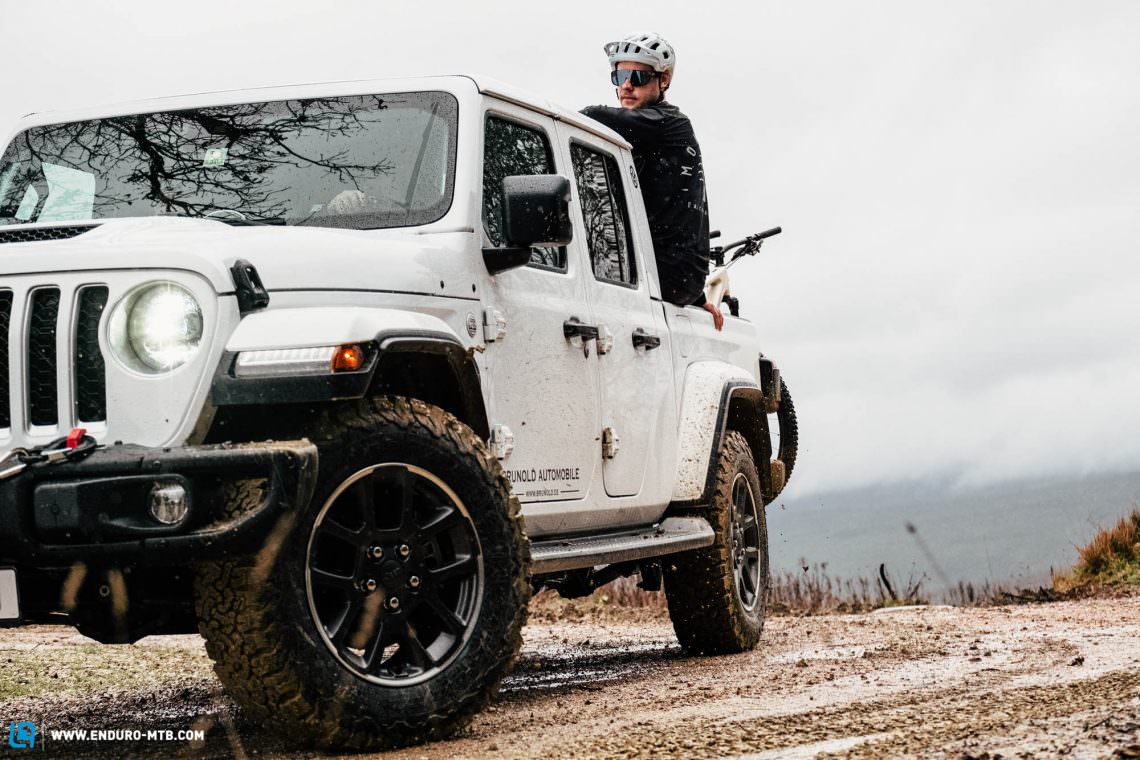
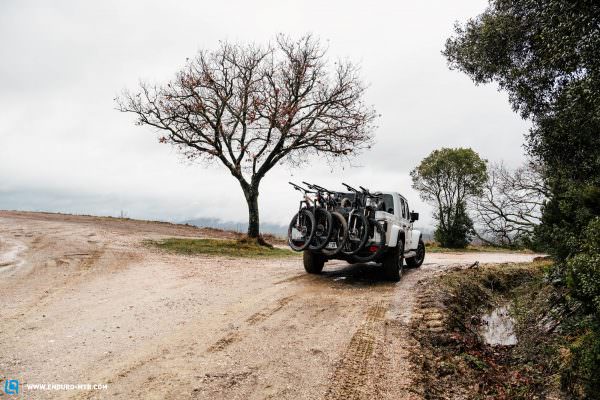


- 112 runs on 7 different trails per test rider
- 6 rainy test days in Tuscany
- 8 sunny test days in Tuscany
- 1 snowy test day in Tuscany
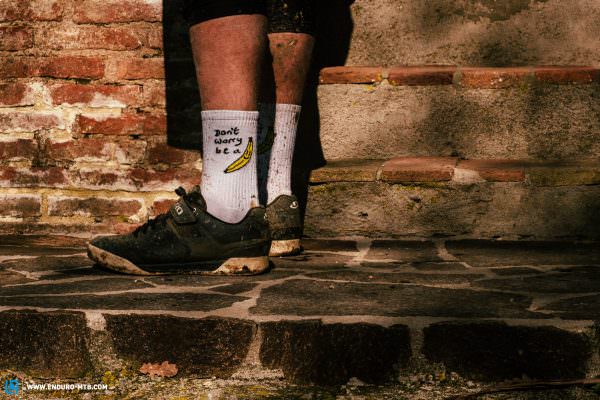

- 36 bottles of red wine emptied
- 73 espressos
- Countless croissants and pizzas

Bella Italia: ENDURO pop-up office in Tuscany – The perfect MTB accommodation in Massa Marittima
Naturally, the search for the best mountain bike of 2021 required suitable testing grounds. That’s exactly what the popular Tuscan mountain bike region of Massa Marittima offers. It has long since ceased to be an insider tip. Not only do some of the best mountain bikers in the world live and train there, but the local bike scene is also booming and trail construction is flourishing thanks to the commitment of the Trail Brothers and the visionary hotelier of Massa Vecchia, Ernesto Hutmacher, and his two daughters Ari and Alice.


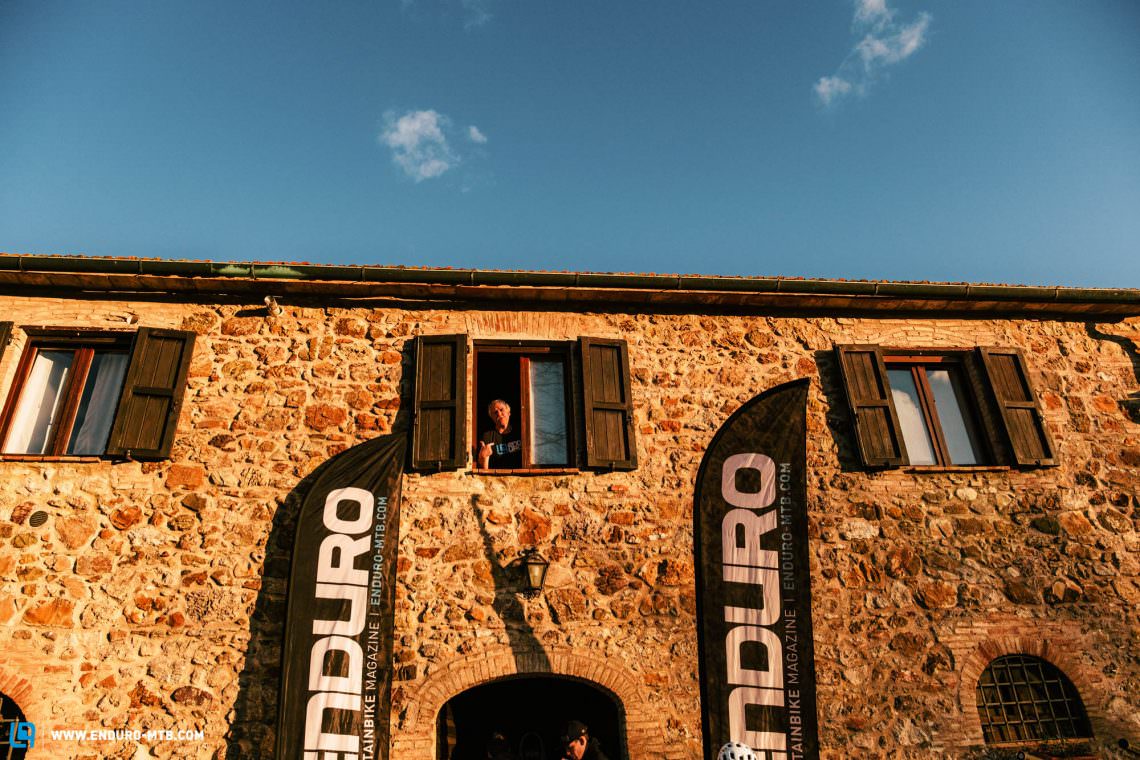
We’d like to take the opportunity to say thank you to the Agriturismo-Resort Tenuta il Cicalino, located right at the foot of the legendary trails of Monte Arsenti in Massa Marittima who were kind enough to put up with us and our pop-up office for over two weeks.
Thanks to open restaurants, we were occasionally able to dine in the beautiful old town of Massa Marittima, though we mostly relied on the Italian/German fusion cuisine of Mutti Schmitt! As befits a true family business, the parents of the founding brothers of ENDURO, Robin and Max, were there to support the test crew. Manne Schmitt, frequently found exploring the EWS race pits, and Mutti Schmitt, who prepared the finest meals for our team – we have never eaten so well during a group test! Of course, office and trail dog Henry also joined the party!
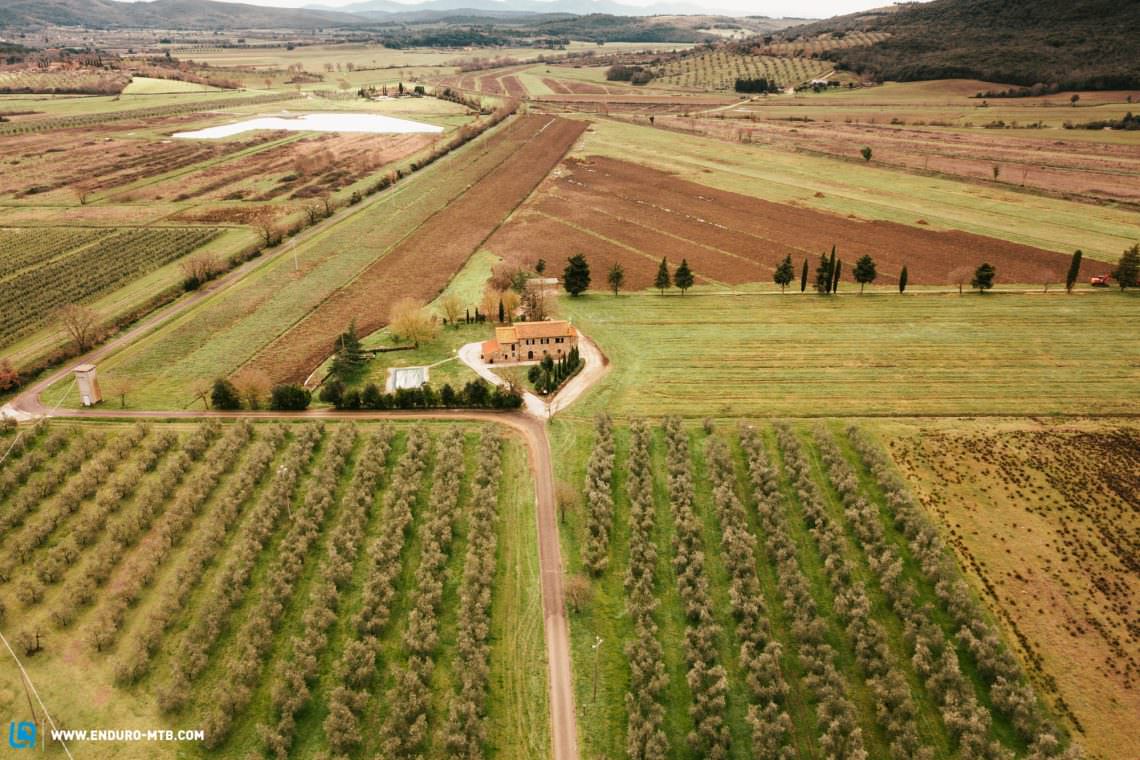
Secluded from the rest of the world, we lived and worked in one of the historic estates of Tenuta il Cicalino.


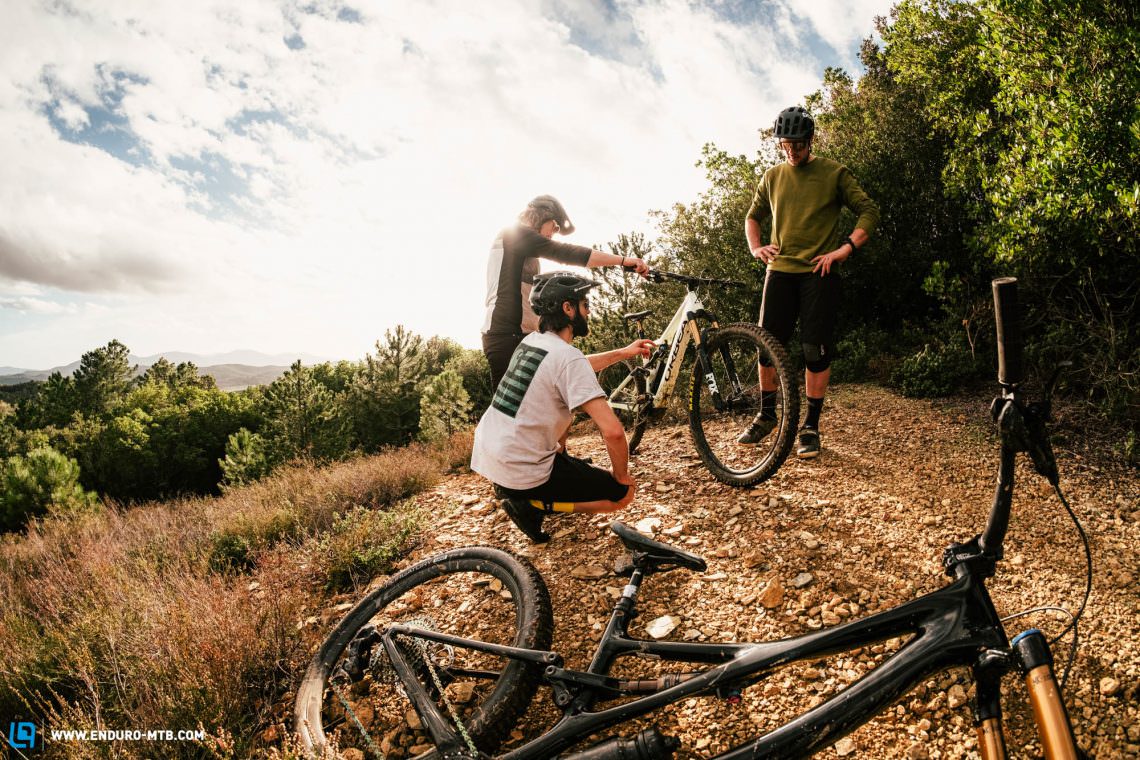
Our test team
For our big mountain bike group test, we relied on the expertise of our most experienced test riders, as well as impressions from beginners and roadies. This diversity makes for differentiated opinions and enables a holistic evaluation of the bikes, not to mention heated debates!

29, Chief tester and suspension nerd
Felix tests over 100 bikes a year, combining that with his vast experience and a master’s degree in sports engineering. Good adjustability and a suitable overall concept are his key criteria. To him, the Orbea Rise is the perfect bike to have fun with. It makes no compromises on the descents and climbs like a rocket!
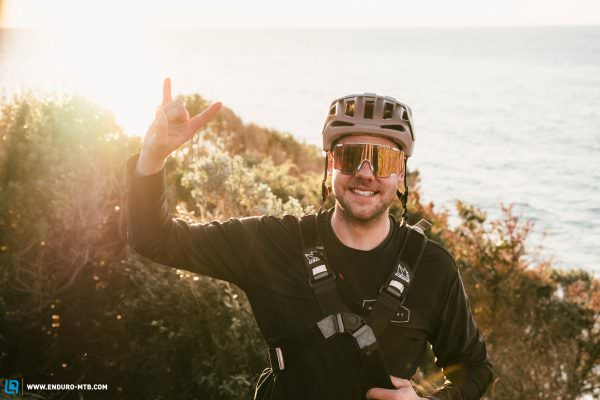
26, Technical editor, Whistler veteran and bike addict.
Hardly a day goes by where Peter doesn’t ride his bike and with over 100 bike park days logged a year, longevity is at the top of his list of requirements. Performance instead of bling-bling is his credo, which is just what the Nukeproof Reactor delivers. It offers excellent downhill performance with well-chosen components.
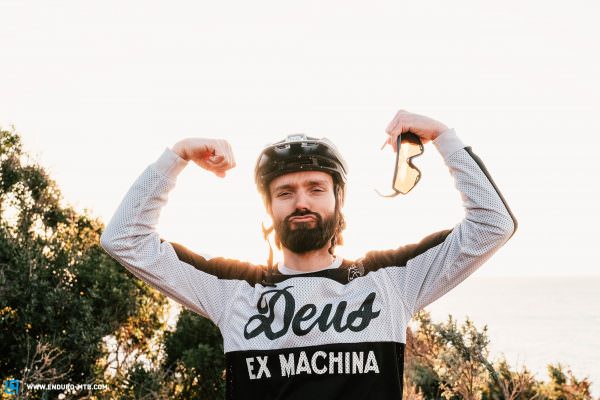
30, Founder and editor-in-chief of ENDURO magazine
As a former World Cup racer and Dolce Vita expert, Robin knows how to strike the right balance between speed and flow. He’s always the first in the office and the last to leave. With a work ethic like that, you need the right bike to balance your life. The versatile Canyon Spectral is a lot of fun for everyone and never fails to make you smile, whether riding relaxed tours, jumps or gnarly lines.
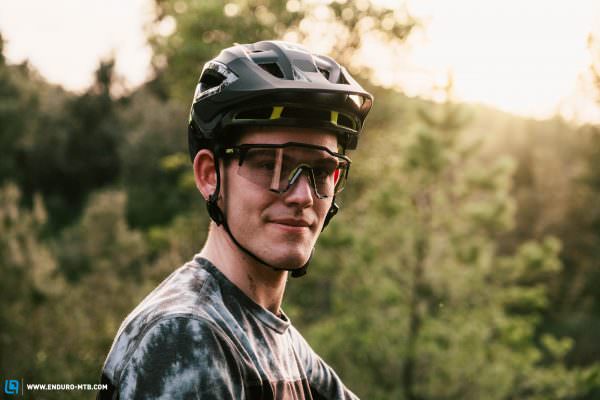
23, Editor, workshop master and former four-cross racer
Nils is considered to be the most stylish rider in the team. Due to his roots in four-cross racing and his love for the pump track, good suspension and great handling are what matter most to him. The Santa Cruz 5010 offers balanced suspension as well as playful handling that excels on every kind of trail and in any terrain, even cutting a fine figure on pump tracks.
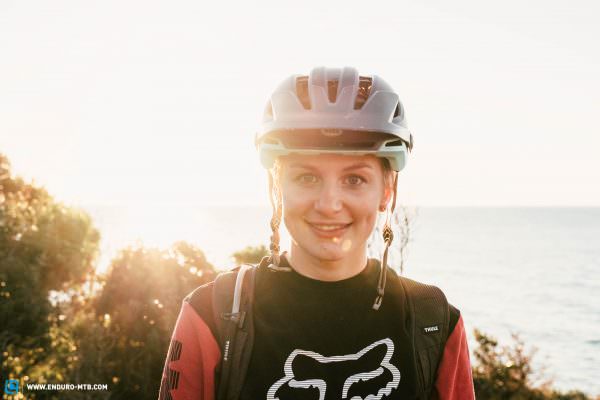
24, Molecular medicine specialist, wine princess and all-round ace
Fröhlich is the German word for cheerful and we couldn’t think of a more fitting surname for Lisa. When she isn’t studying cells in the laboratory, she can be found out in nature on two-wheelers of all kinds. She wants good all-round characteristics and a comfortable riding position with intuitive handling for those long rides. The Trek Fuel EX offers both comfort and great handling.

33, Founder of ENDURO and master of lunch rides
The first to cheer up the office in the morning and the last to say no when it comes to a lunch or after-work ride. For Max, having fun is at the top of the list and the active riding position and efficiency of the Yeti SB115 makes it an excellent choice for fun, fast lunchtime laps.
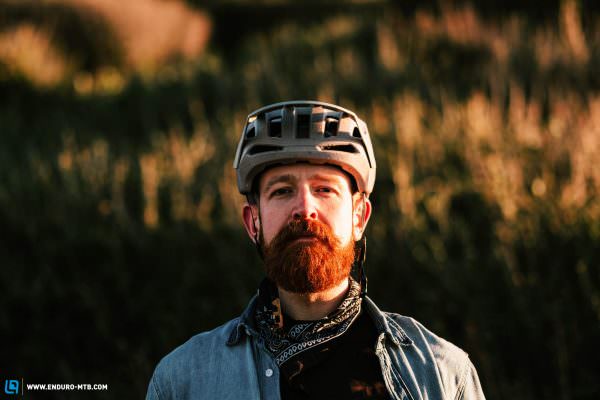
31, Editor-in-chief of GRAN FONDO and DOWNTOWN and fitter than you ;)
With roots in downhill racing, Ben likes to go fast. These days, as GRAN FONDO editor-in-chief, you’ll usually find him with skinny tires on asphalt and gravel, but for the occasions when he does hit the trails, he wants a mountain bike with defined suspension and capable downhill characteristics. Even though he’s the fittest in the crew, Ben doesn’t give a f*ck and prefers to ride the Orbea Rise eMTB.
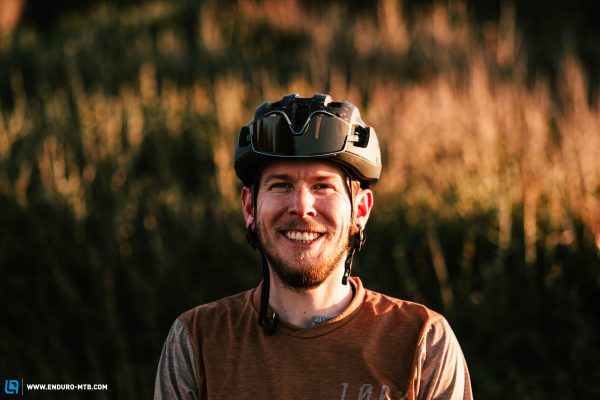
32, GRAN FONDO editor and the only man on the team with real responsibilities
As a father and husband, Phil enjoys relaxed, flowing trails and occasionally big laps in the Alps. He wants a bike that’s good at climbing and confidence inspiring. To him, the Specialized Stumpjumper S-Works is the perfect all-rounder.

33, Bike hotelier and fashion-conscious mountain biker
For Arianna, the best mountain bike has to offer intuitive and agile handling while also looking the part. She loves ebikes, which allow her to have a ton of fun on the Spaghetti uphill trail as well as the numerous descents around Massa Vecchia. That way, her trail dog Marvel can also get the exercise he needs.
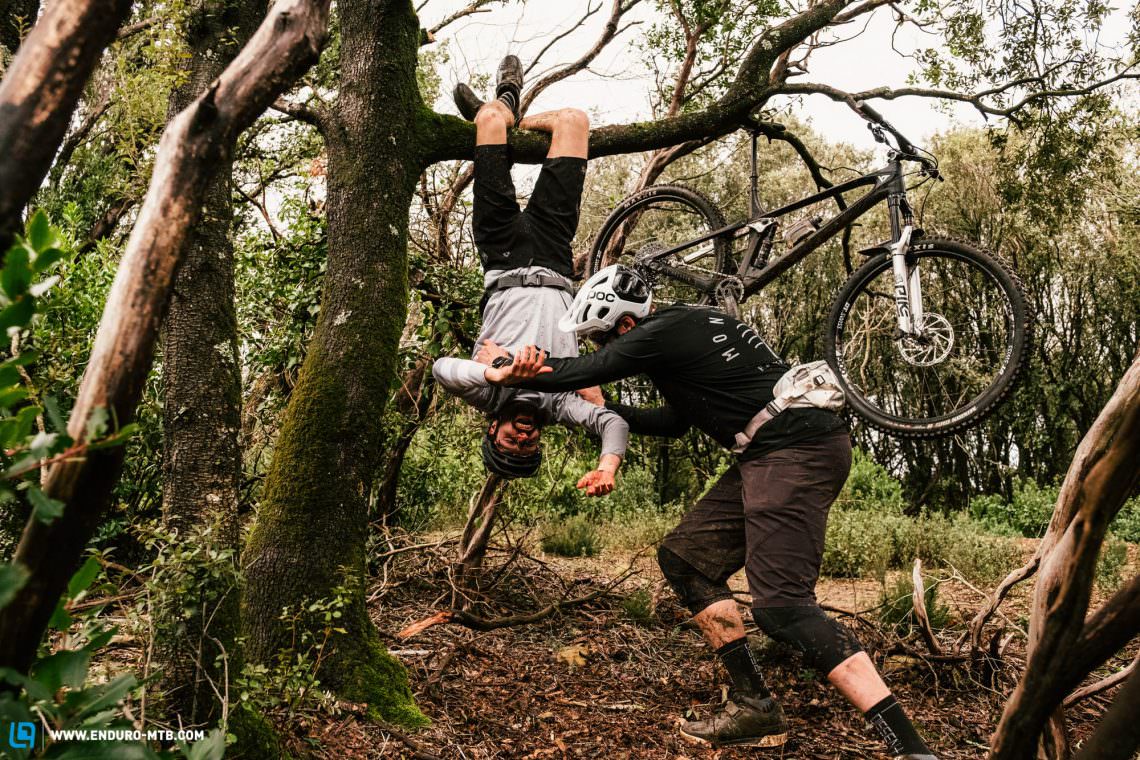

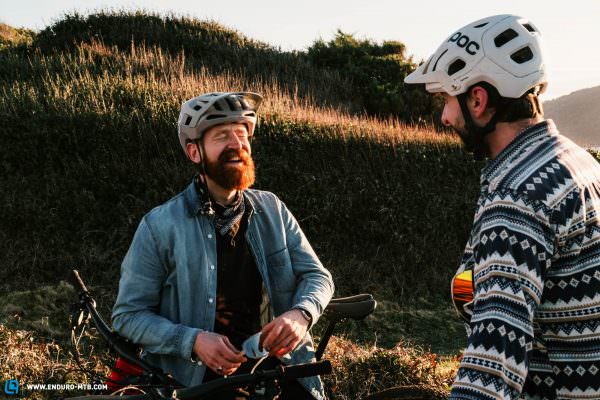
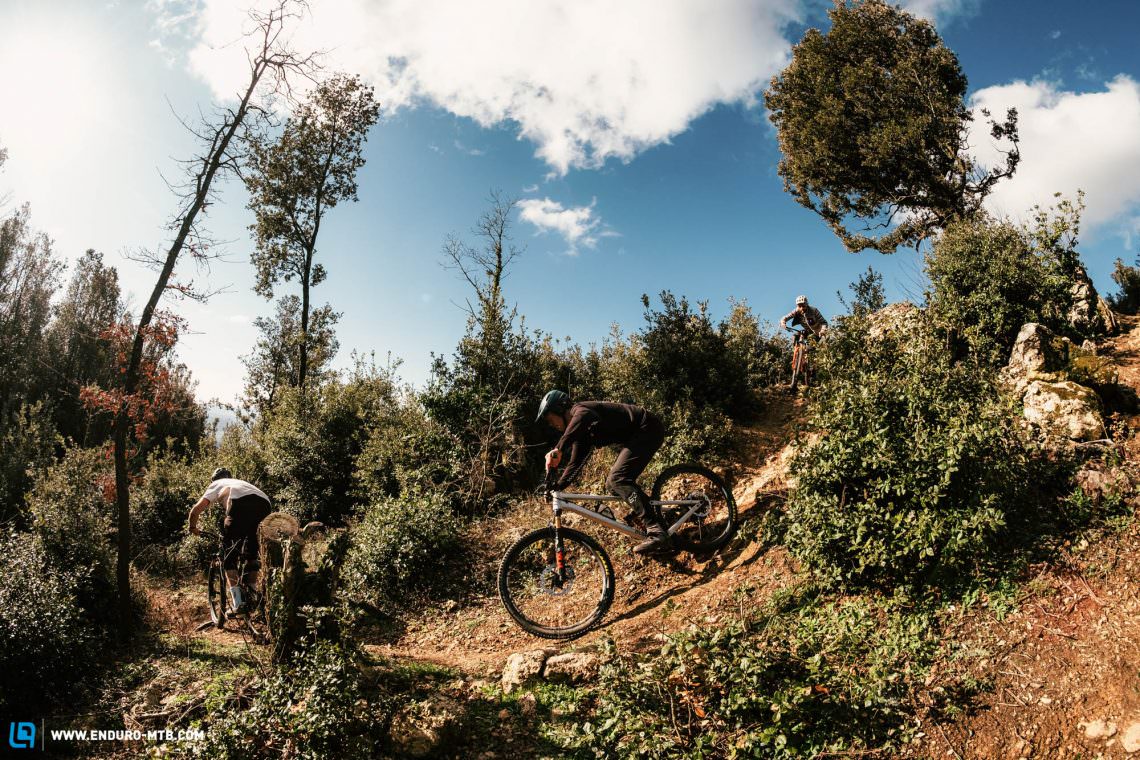
The tops, flops and most exciting insights from our search for the best mountain bike of 2021
The versatile test field brought to light numerous tops and flops, not to mention an existential crisis. The differences between the bikes are both striking and surprising. Using specific examples from the test field, we will show you what insights we were able to gain, what was good, what was bad and what you should pay attention to.

A new generation of eMTBs such as the Orbea Rise or the Specialized Levo SL combine maximum uphill fun with excellent handling and capable downhill performance. The Orbea Rise is better than most of the analogue mountain bikes on test!
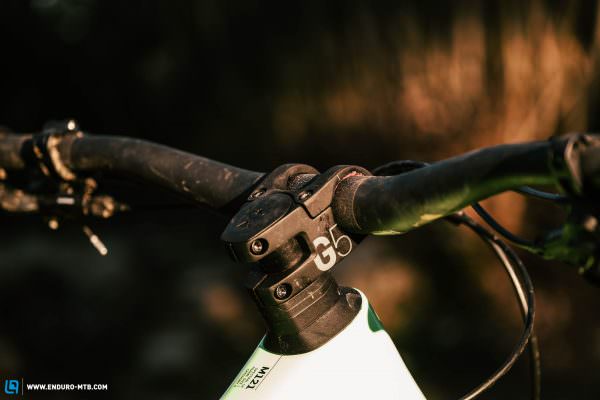
Manufacturers such as Canyon, Nukeproof and Trek show that in-house solutions can offer better integration and lower prices. That said, the tires from Specialized and Bontrager couldn’t keep up with the benchmarks set by MAXXIS and Schwalbe.
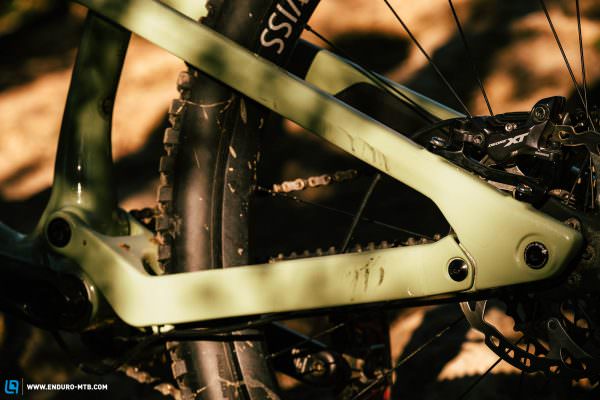
Protective film guards the frame from scuffs and minor crashes and is absolutely recommended. Muddy conditions alone can leave serious abrasions. Nukeproof and FOCUS lead the pack in terms of damage prevention.

Bike development has made huge leaps and bounds in recent years, making some bikes obsolete. There is no longer any rational reason to buy a touring-specific bike like the FOCUS THRON or the Canyon Neuron as the latest generation of mountain bikes is more versatile, more capable and outperforms the specialists in their own disciplines.
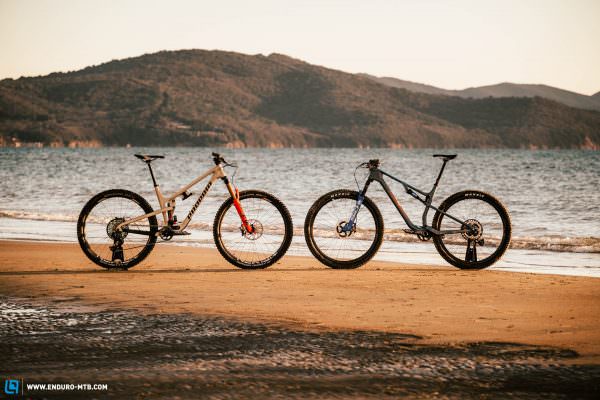
Short travel and lightweight construction ≠ efficient climbing. Touring and XC bikes with
significantly less travel and lower weight don’t climb any better than bikes with longer travel or a few more grams. The weight distribution, suspension and geometry play a bigger role – even uphill!

Many manufacturers save weight and money when it comes to speccing brakes and combine them with unnecessarily small rotors. The brakes of more than 50% of the bikes on test are underpowered, limiting their potential. Though light riders may not notice, heavy riders are bound to get frustrated! If you ride a size L, you likely weigh more than 75 kg.
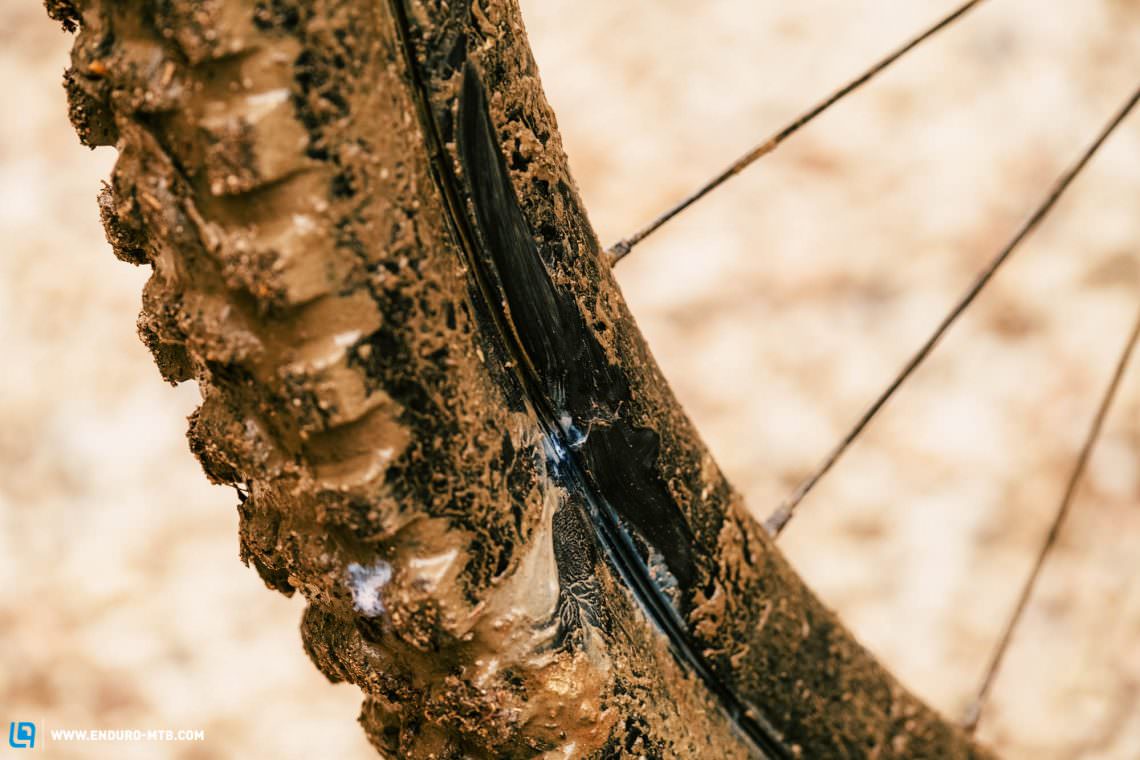
Unfortunately, everyone wants carbon rims! Combined with lightweight tire casings, like several bikes on test, you’re bound to get punctures and could ruin a rim!

Some brands including Propain, Ibis, Santa Cruz and Yeti don’t adequately secure their internally routed cables, making for a noisy experience on the trails.
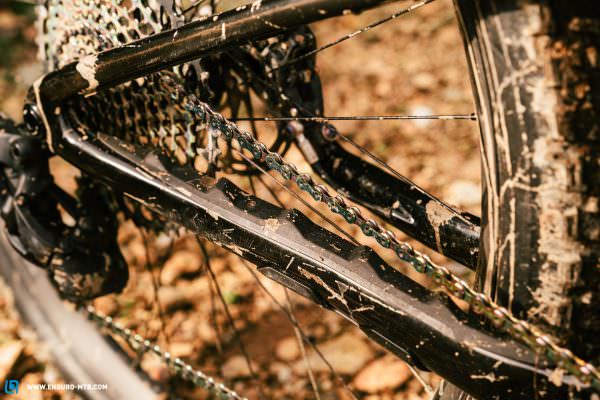
With the exception of the Canyon Stoic, all bikes on test feature specially developed chainstay protectors. Unfortunately, only a few of them manage to keep the bike quiet. Specialized have gotten it right with the Stumpjumper S-Works.
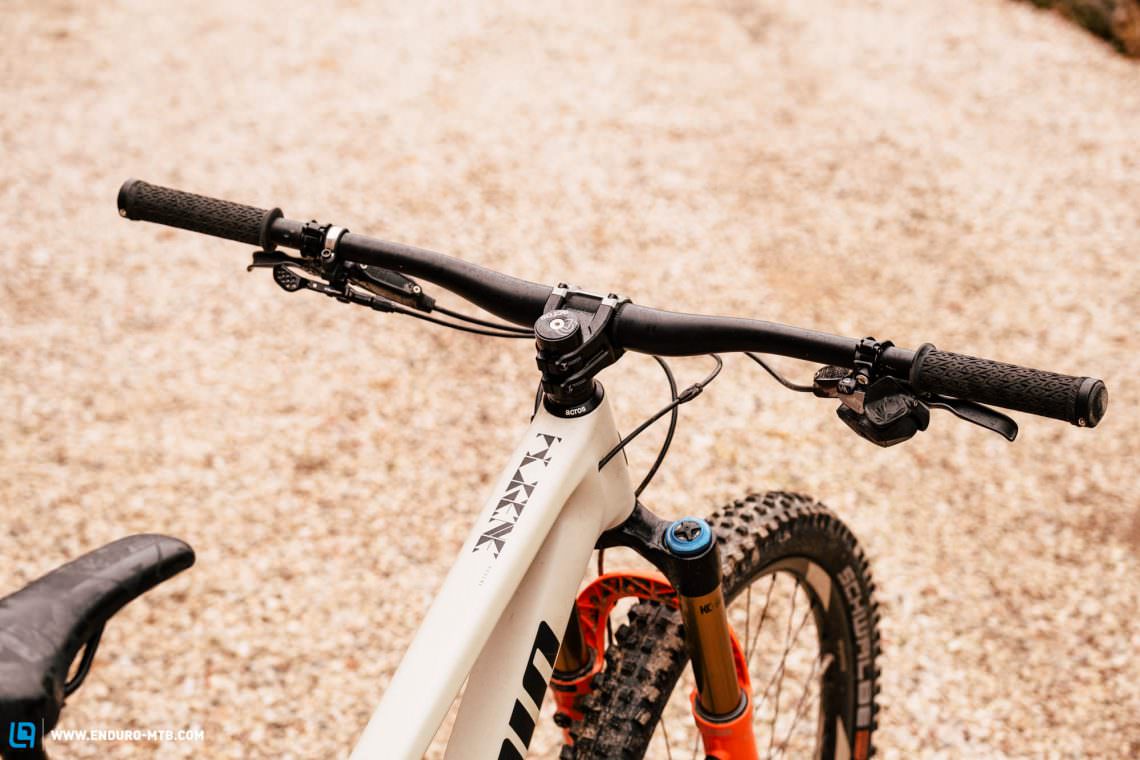
The combination of stiff handlebars, stiff frame, stiff fork and stiff wheels can quickly add up to too much of a good thing. All in all, too much stiffness means less traction as well as more arm pump and fatigue, as is the case with the Propain Hugene and Santa Cruz 5010. On the Propain, it also resulted in a ping-pong effect at high speeds. Striking the right balance between stiffness, precision and compliance is an art form!
Which is the best mountain bike of 2021? The winners and losers as well as further recommendations.
Laurel wreath or rotten tomatoes? Champagne or tears? Champion or good-for-nothing? Not all bikes came back from the search for the best mountain bike of 2021 with their heads held high. The good news is that we found a clear winner, a Best Buy and recommended bikes for specific disciplines. Still, it’s not all good: there were a few flops and losers.
Our large test field gave us exciting insights and allowed us to answer key questions that almost every rider asks. How much money do you have to spend to have a good time? Do you really need the flagship model? Can a cheap hardtail be as much fun as a full-suspension trail rocket? Could some eMTBs be the better mountain bikes? Which bike is a bad investment and which should be in your garage? We found the answers to these and other questions in our search for the best mountain bike of 2021. Let’s look at the tops and flops of the group test.

A brief overview of the test field
Bikes like the Trek Fuel EX lay claim to the best mix of uphill and downhill performance. Even if it’s components look cheap compared to the high-end test field, the € 5,999 Fuel EX 9.8 GX doesn’t have to hide from the competition. It offers plenty of comfort as well as balanced and intuitive handling, though the spec limits the bike’s potential. With its versatility, the Trek Fuel EX questions the Trek Top Fuel’s raison d’être. The spritely Top Fuel is just slightly ahead of the pack on the uphills but it has to admit defeat to its brother on the trails due to its lack of composure and lagging suspension performance.
The Yeti SB115 offers a lot of bling-bling. Despite having only 115 mm travel at the rear, it punches above its weight and leaves all analogue bikes in its wake on the climbs with its lively and efficient character. Surprisingly, it’s a faster climber than bikes like the Trek Top Fuel (barely) and MERIDA NINETY-SIXX 8000 (significantly). This shows that efficient climbing and short travel can be combined with good downhill capabilities. That said, this concept didn’t work out with the MERIDA NINETY-SIXX 8000. It’s limiting factors are the bobbing rear end on the climbs and the aggressive riding position, which isn’t suitable for longer tours. It takes an experienced rider to go fast on the descents as it doesn’t have the reserves or stability to instil novices with the confidence they need.
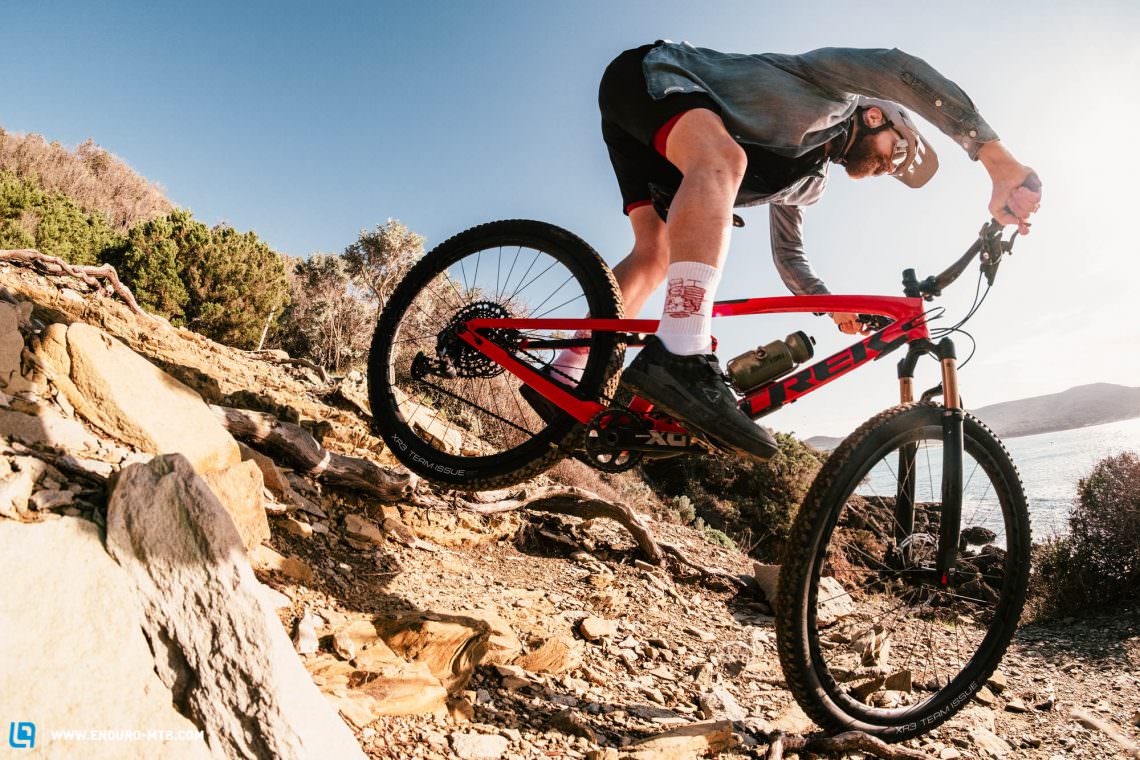
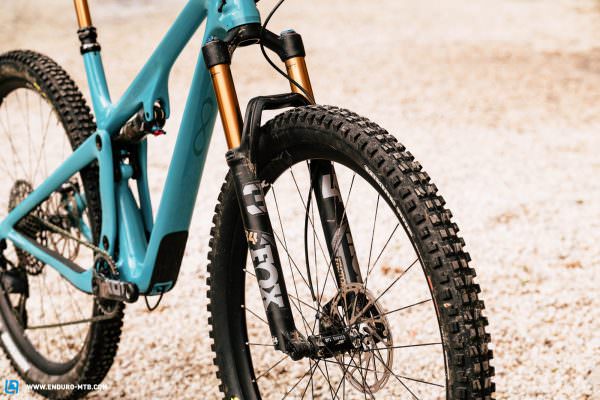

The YT IZZO trumps with its climbing prowess, following closely behind the Yeti. It’s very efficient and masters technical climbs with ease. However, it prefers flowing terrain on the descents with handling that’s likely to overwhelm less experienced riders. The Propain Hugene feels similar, though its extreme stiffness pinballs you around on the trail when trying to ride fast. That said, its handling is very precise on fast flow trails and through compressions. Thanks to the online configurator, it can be adapted to your own preferences.
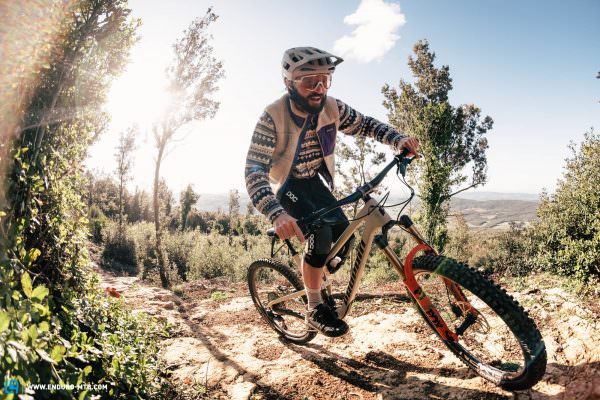
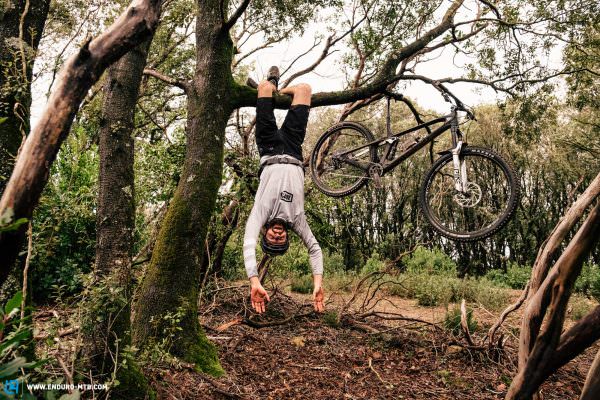
Anyone looking for a stylish bike, intuitive handling and excellent touring qualities will do well with the Specialized S-Works Stumpjumper. However, if you like to let it rip downhill, want a lot of traction and added composure, we recommend going for its bigger brother, the Specialized Stumpjumper EVO. The € 13,999 Specialized S-Works Turbo Levo SL also belongs to the family. It is the most expensive bike on test and has a lot to offer in terms of connectivity, intuitive handling and touring performance. The 35 Nm Specialized SL 1.1 motor was developed in cooperation with MAHLE, offering a very natural riding experience while using power from the 320 Wh battery sparingly. However, it can’t keep up with the new Orbea Rise on the climbs with its modular battery concept and torque-limited Shimano EP8 RS motor. The Orbea Rise can easily keep up with the top of the analogue test field on the descents thanks to its balanced handling, plush suspension and excellent composure. Its outstanding performance and versatility make it one of the most fun and sought-after bikes in the test field!
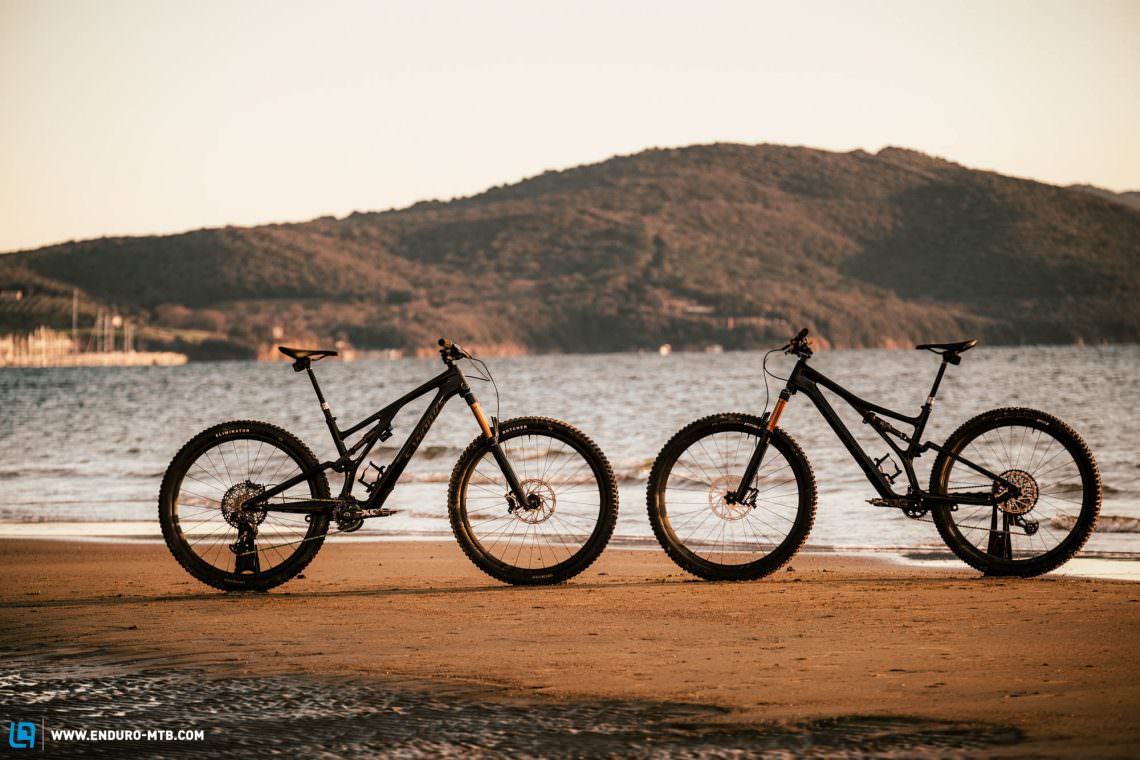
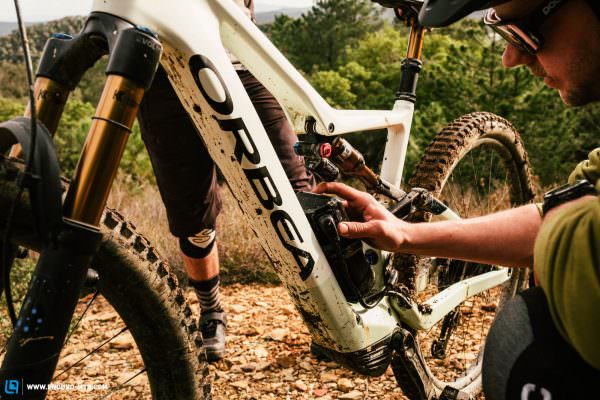
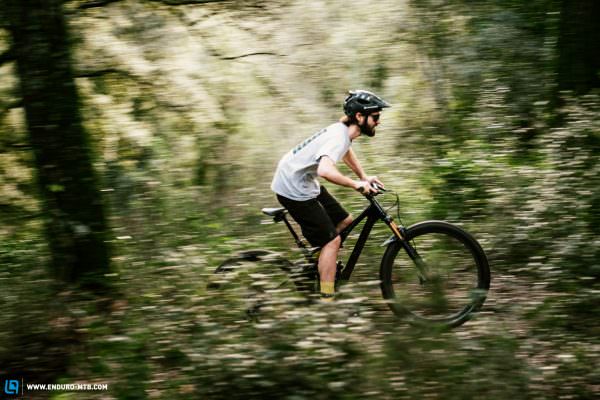
Also featuring a Shimano EP8 motor, though making use of its full 85 Nm torque, the MERIDA eONE-SIXTY 10K smokes the competition. It’s no wonder considering it won this year’s E-MOUNTAINBIKE group test. With its large 630 Wh battery, it’s one of the best all-round eMTBs currently available. However, in direct comparison with analogue bikes, its hefty 23.1 kg weight comes at the cost of manoeuvrability and that natural mountain bike feeling. It weighs almost 4.5 kg more than the Orbea and around 10 kg more than your average analogue mountain bike. In return, it offers outstanding composure and plenty of reserves. If you embrace the concept of a full-on eMTB, the MERIDA is a lot of fun, though it offers a wholly different riding experience.
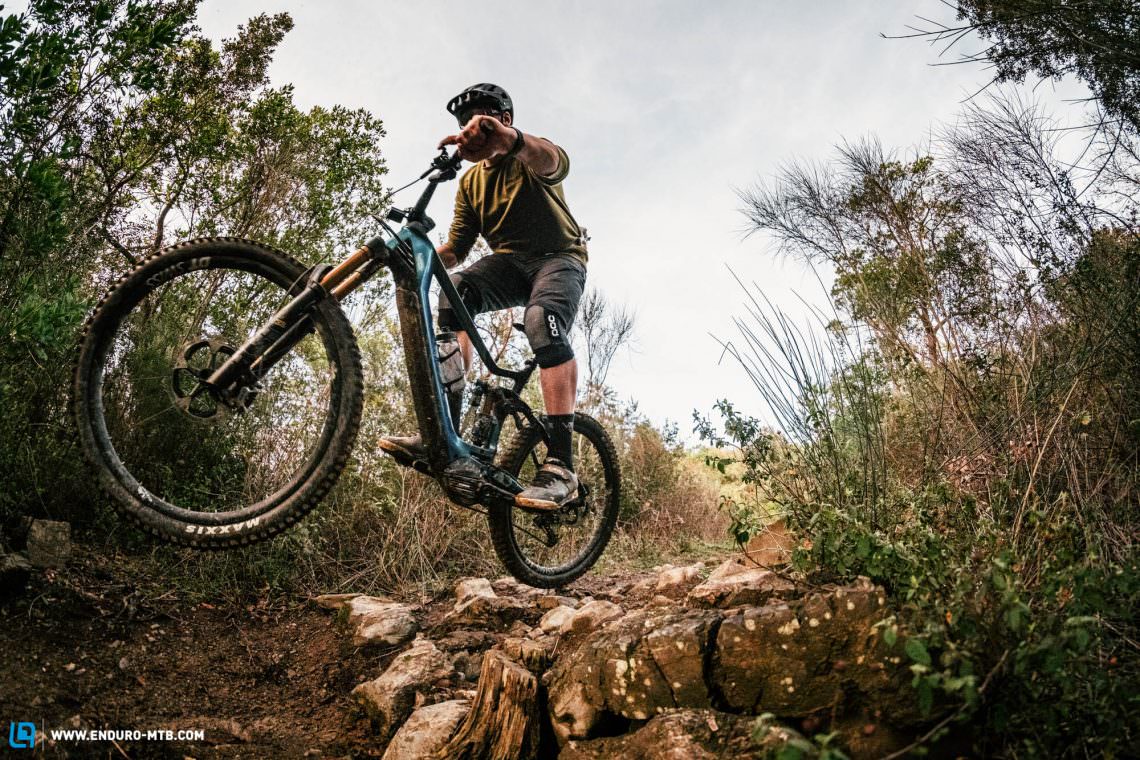
Inner child, watch out! The most fun bike on test is the Santa Cruz 5010 with its agile handling and excellent suspension. Additionally, it is the only bike of the bunch that relies on smaller 27.5″ wheels. They hold it back on technical trails but the agile and intuitive handling of the 5010 really thrives on flow trails and jumps. The 5010 is in the midfield on the climbs, though it’s a better climber than its little brother, the Santa Cruz Tallboy. This shows that short travel isn’t synonymous with good climbing characteristics. On the descents, the Tallboy offers precise and agile handling. However, it needs to be piloted by an experienced rider with an active riding style as the combination of stiff wheels, stiff cockpit and stiff frame is harsh and unforgiving, offering beginners minimal margin for error. Likewise, it takes an experienced rider to benefit from the impressive performance of the Ibis Ripmo V2. It’s capable of blistering speed, though the handling is likely too challenging for beginners. Besides that, some of the frame details offer room for improvement and don’t do justice to the € 8,285 price point.

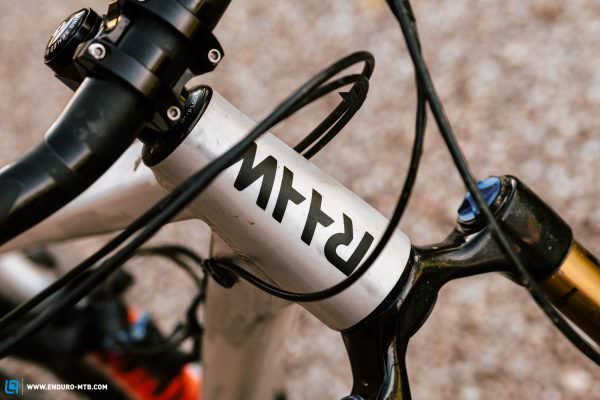
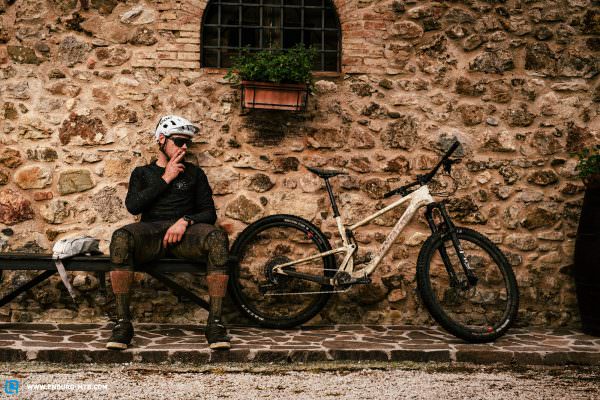
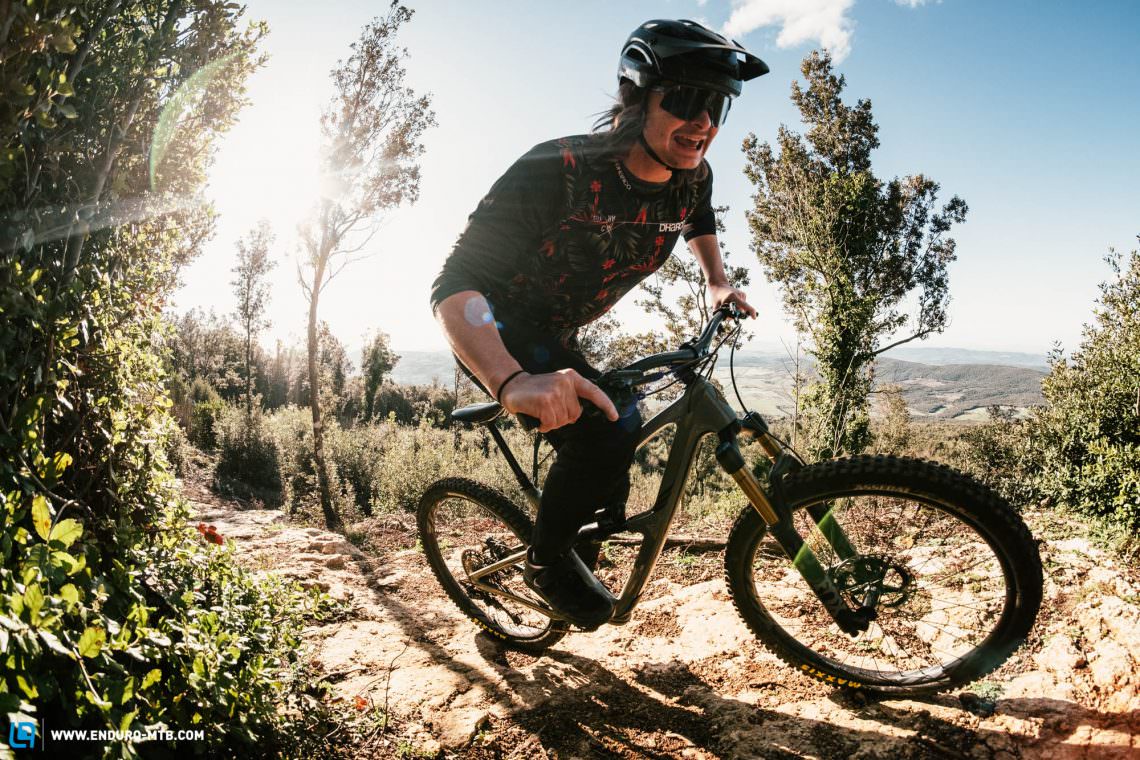
The RAAW Jibb XTR excels in its relatively narrow field of expertise. If you have an active riding style and are willing to put in the effort, the Jibb is a super agile and manoeuvrable bike that is a lot of fun to ride. However, it is not suitable for high-speed blasts and rough terrain. The € 6,500 Rocky Mountain Instinct is comfortable, versatile and a lot of fun, but its downhill capabilities are limited by its components, holding back the hard-hitting potential of the frame. Too bad! It’s likely that the components ultimately cost the Instinct the test victory.

The SCOTT Ransom can’t deliver at high speeds and on demanding trails despite its long, 170 mm travel suspension. You wouldn’t expect this if you were to look at the specs in isolation, proving once again that classification based on individual parameters can be very misleading. The stylish Ransom with its TwinLoc system is super comfortable and most at home on long tours. With just 130 mm travel at the rear, the Nukeproof Reactor is much more capable when things get rough and, with its balanced handling, also feels more composed at high speed. Leisurely on the climbs, full throttle on the descents: we wouldn’t hesitate for a second to enter the occasional enduro race with the Reactor, as the suspension of the flying Englishman is brilliant and feels like it has significantly more travel!
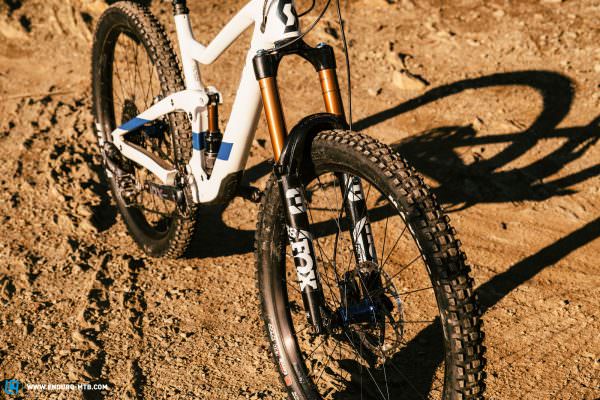
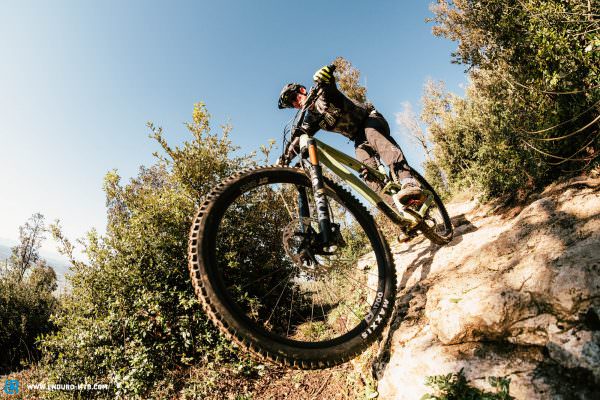
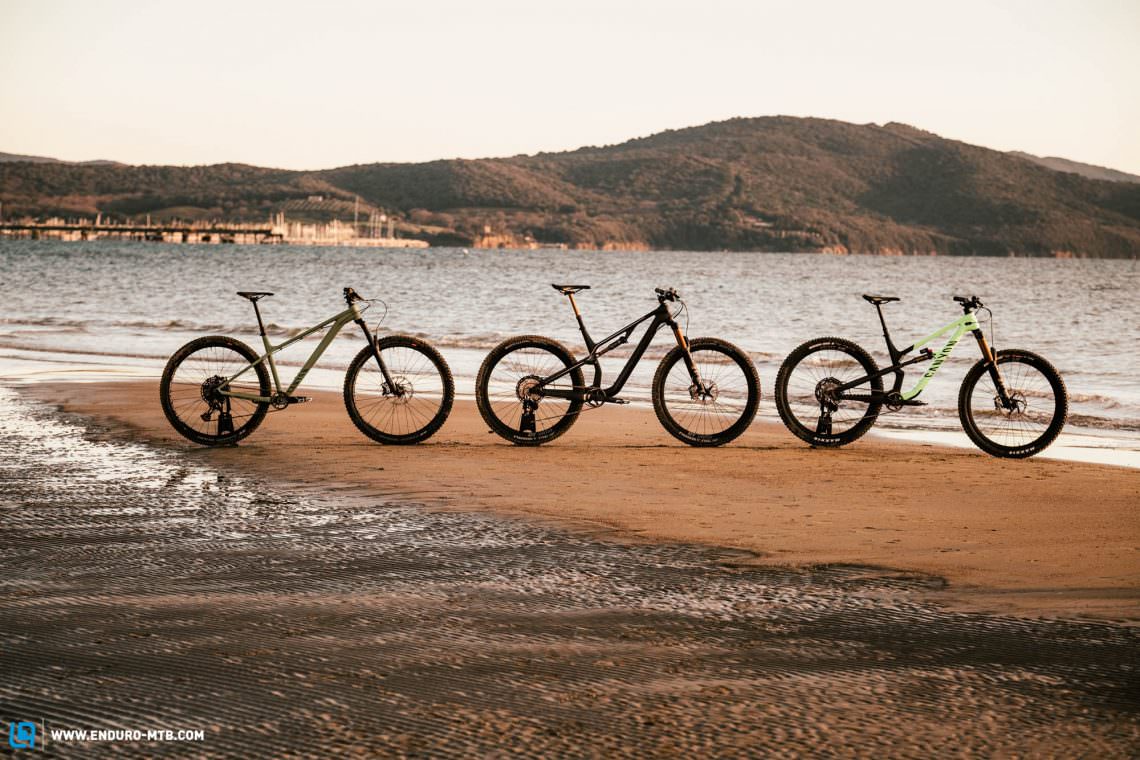
There are a total of three bikes representing Canyon in our group test and the Stoic 4 is also the most affordable option on test. The € 1,699 hardtail offers 140 mm travel up front and is fun to ride on moderate climbs and flow trails. Nevertheless, its braking performance is the weakest on test and the wheelset isn’t up to scratch either, both of which are vital and safety relevant components. In combination with the rudimentary finish of the frame, it offers limited value for money. On the other hand, the Canyon Spectral questions the use of its little brother, the lightweight Canyon Neuron CF SLX 9, which is trimmed towards touring performance and climbing efficiency. Despite weighing more, having more travel and more robust, heavier components, the Spectral still performs better on climbs and tours. A direct comparison shows that lightweight construction or short travel suspension aren’t the most important thing. Instead, the riding position, geometry, suspension kinematics and weight distribution are the decisive factors for climbing performance! In comparing classic touring bikes such as the Neuron or the new FOCUS THRON, which even offers mounting points for mudguards and a kick-stand, this group test has revealed the harsh truth: they can no longer keep up with the latest generation of efficient yet capable mountain bikes, robbing them of their raison d’etre. They’re designed for a specific purpose, but there are much more versatile bikes that beat them in their own discipline, both for beginners as well as competitive riders!
What is the current benchmark, which bikes are the best at specific disciplines and which deserve rotten tomatoes? We were looking for the best all-rounder: the best bike that is quick and efficient uphill and even faster back down. It must serve both beginners and experts, active as well as passive riders, offering a complete and carefree package of performance, fun and usability. A bike that is as suitable for relaxed tours as it is for jumps and the occasional race. Here come the best bikes and our alternative recommendations!
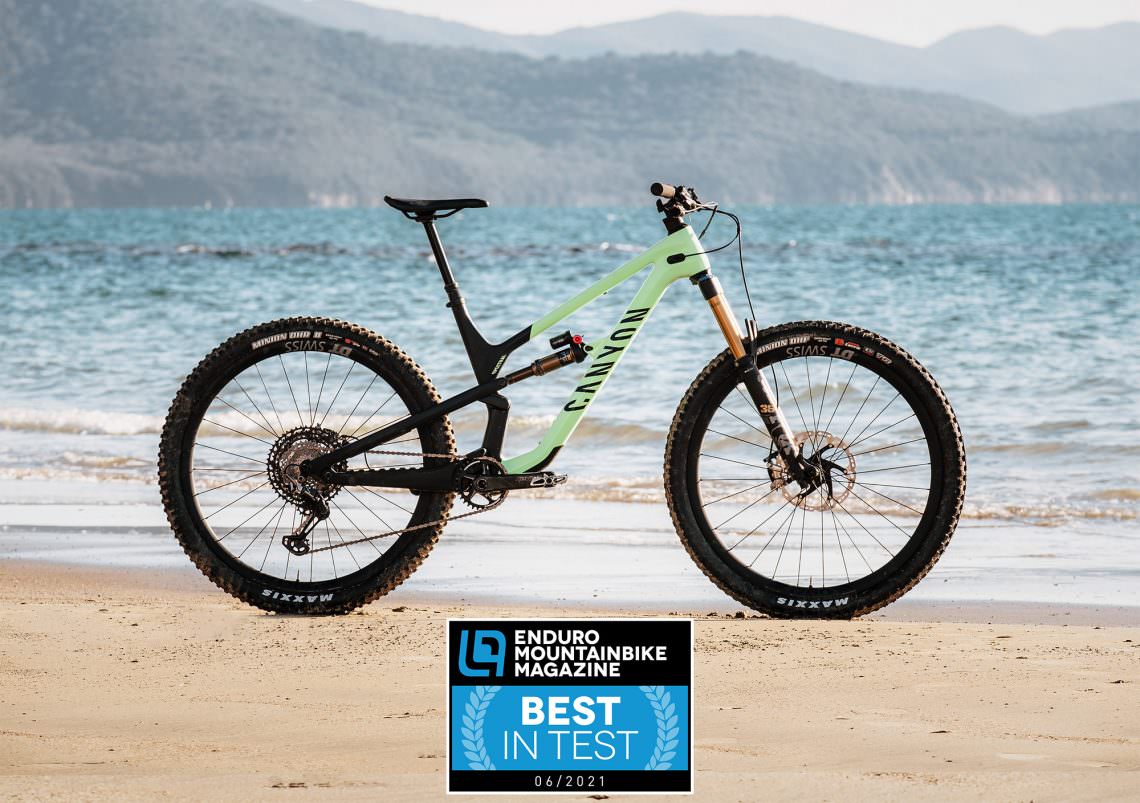
13.28 kg (size L) | € 6,299 | Click for review
The best mountain bike of 2021: Canyon Spectral 29 LTD
The Canyon Spectral 29 LTD is the perfect all-rounder for every type of rider. It combines climbing efficiency suitable for touring with the capability to take big hits, delivering a convincing performance on every trail that is both fast and fun. The choice of tires is the only thing that limits the Spectral on the descents, but apart from that, it offers excellent workmanship and value for money. No other bike on test could master such diverse situations and cover such a huge range of applications. As such, the Canyon Spectral 29 LTD deserves to be crowned Best in Test in our search for the best mountain bike of 2021. Chapeau!
Tops
- intuitive and confidence-inspiring handling
- very capable yet comfortable on long rides
- excellent value for money
- high-quality build & finish
Flops
- tires are too weak and puncture-prone for costly carbon rims
- long seat tube limits the choice of size
Click here for a detailed review of the Canyon Spectral 29 CF
Our 2021 mountain bike Best Buy: Orbea Rise M-Team
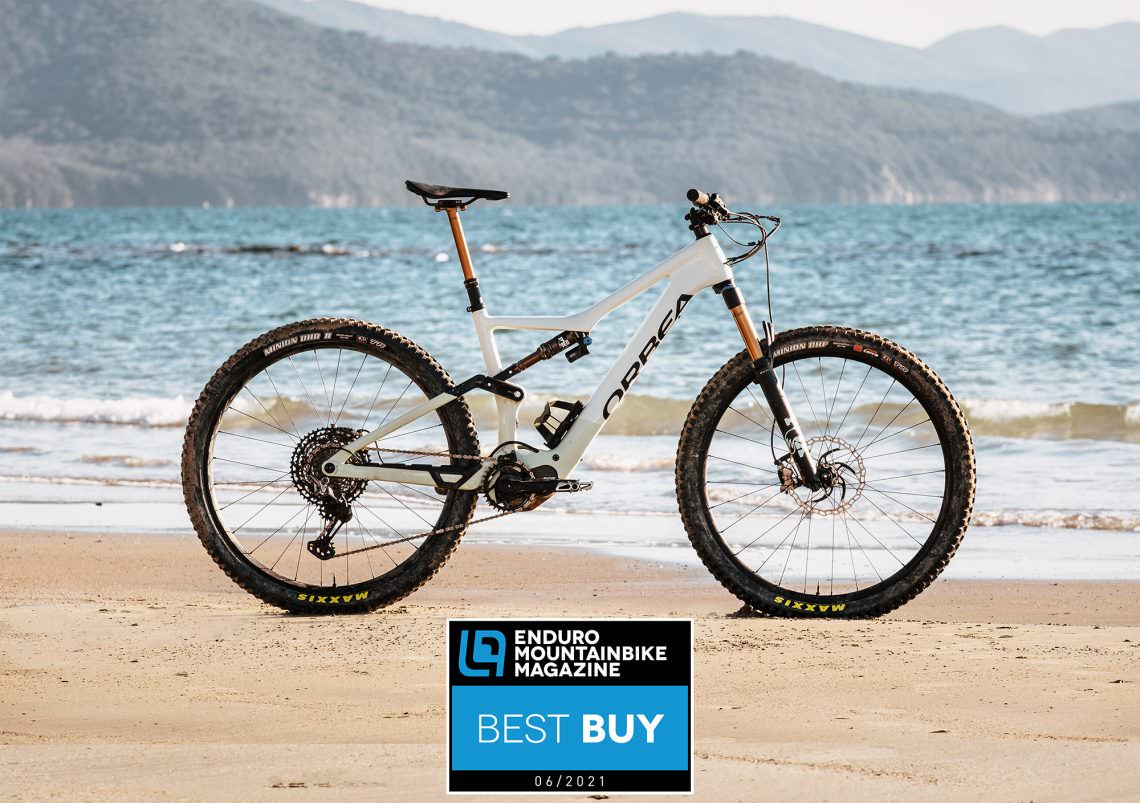
18.46 kg (size L) | € 9,338 | Click for review
A modular battery and motor system combined with a unique look and outstanding performance: the new Orbea Rise M-Team combines the handling of the best mountain bikes on the descents with maximum fun on the climbs. The only downer is the rattling of the Shimano EP8 RS motor. Once that is forgotten, the Rise dispels all prejudices about eMTBs and, with its great versatility and value for money, secures the coveted Best Buy in our search for the best mountain bike of 2021.
Tops
- almost impeccable integration of the drive and battery concept
- fun uphill and capable downhill
- customisable look/configurator
Flops
- noise downhill
- requires (experienced) riders with an active riding style
- even with the minimalistic display setup, the cockpit looks untidy
Click here for a detailled review of the Orbea Rise M-Team
The losers of the test
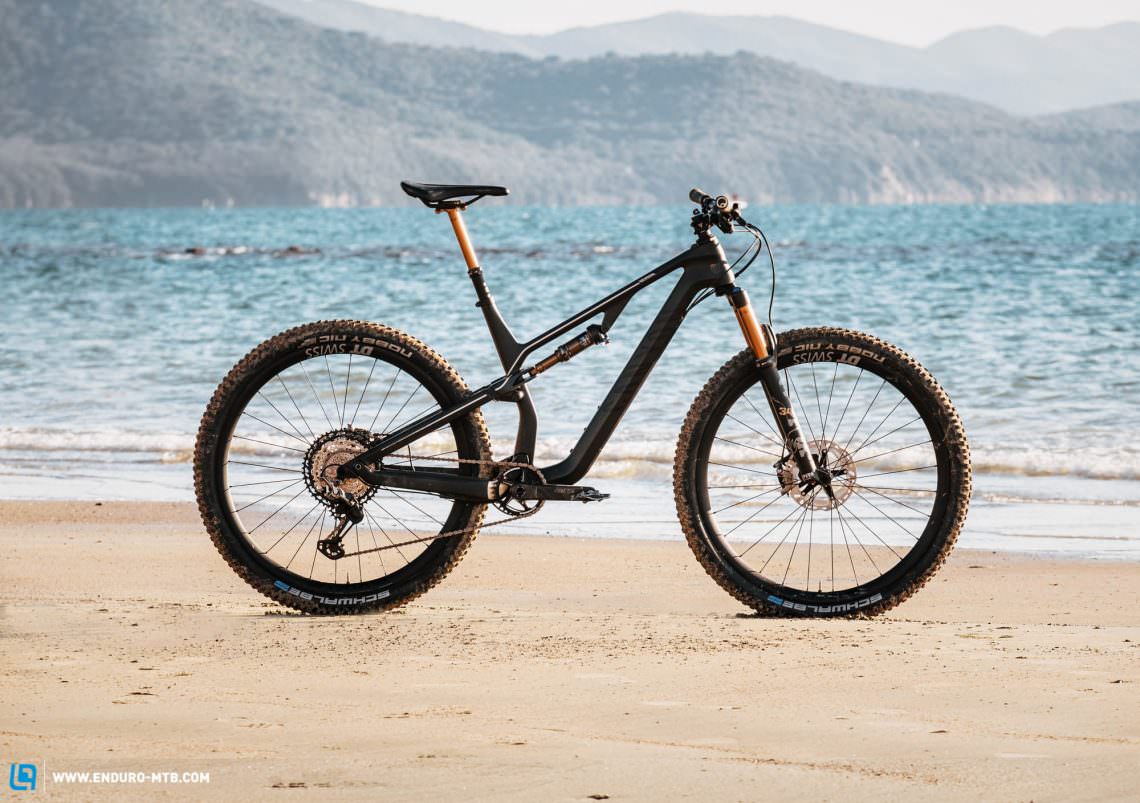
12.58 kg (size L) | € 5,599 | Click for review
The Canyon Neuron CF SLX 9 offers little value for money despite the attractive price and the impressive list of components. This is due to the outdated frame platform and the poor touring, uphill and trail performance compared to the latest generation of mountain bikes. With its very aggressive riding position, it offers little comfort, sinks into its travel on the climbs and limits its rider on the descents. Its big brother, the new Canyon Spectral, is better in every respect. It is much better on tours and the better choice overall!
Click here for a detailed review of the Canyon Neuron CF SLX 9

11.66 kg (size L) | € 7,049 | Click for review
Unfortunately, the idea of making a cross-country race bike more capable by swapping some components didn’t work out for the MERIDA NINETY-SIXX 8000. To everyone’s surprise, this was due to the lack of uphill performance as bikes with significantly more travel easily overtook the MERIDA. The uncomfortable riding position and constant bobbing of the rear end are not only exhausting but also slow you down. It benefits from the good tire choice on the descents, though it still needs an experienced rider and doesn’t do much to instil you with confidence.
Click here for a detailed review of the MERIDA NINETY-SIXX 8000

15.8 kg (size L) | € 2,799 | Click for review
At first glance, the newly developed FOCUS THRON 6.9 seems to cut a fine figure with its tidy and unique C.I.S. cockpit and convenient frame bag. However, the basic concept of a comfortable bike suitable for both tours and trails doesn’t work out. On the uphills, the rear end of the THRON wallows and it feels like the suspension absorbs all your power as you pedal. When riding downhill, the FOCUS robs you of confidence, the suspension deadens any input and the bike is easily overwhelmed even at medium speeds. As such, it offers little value for money despite the affordable price point.
Click here for a detailed review of the FOCUS THRON 6.9
Long days in the saddle? Our bike recommendation for tours with many trails
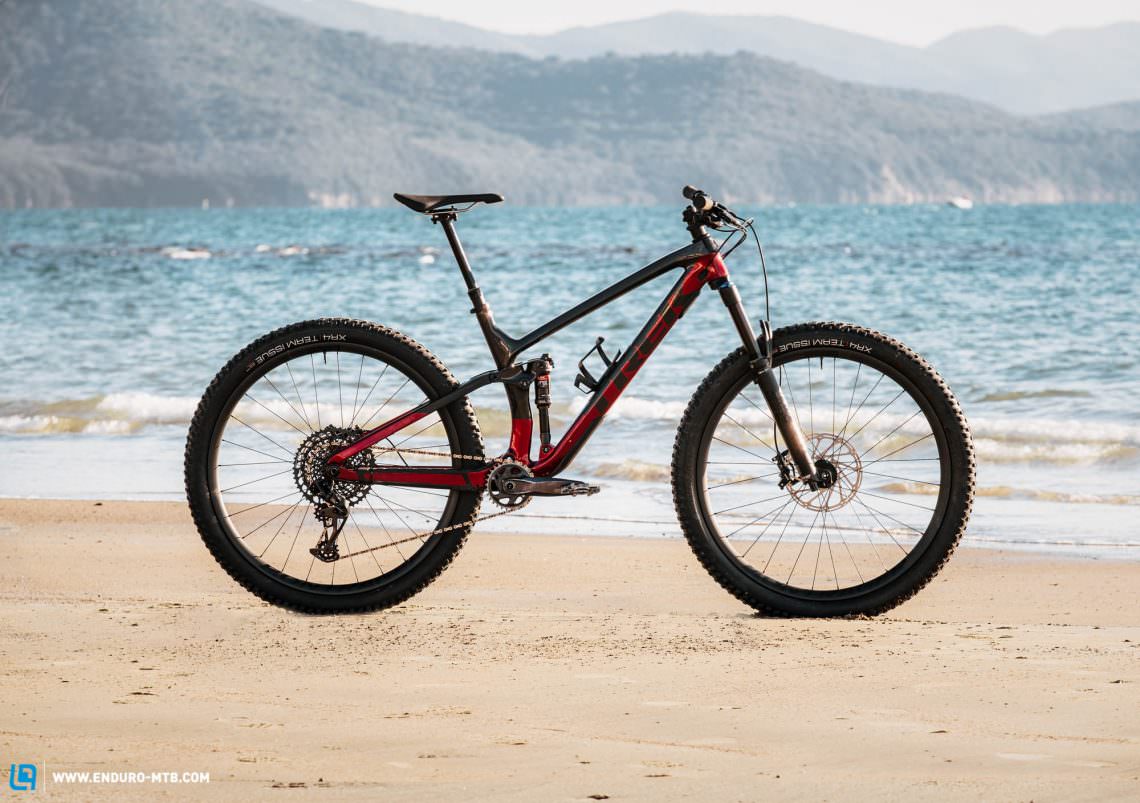
13.48 kg (size L) | € 5,999 | Click for review
Do you enjoy long rides, often spending several hours in the saddle where you value efficiency on flat terrain and ascents? Nonetheless, you don’t want to skip any trails, love letting it rip on flow trails and singletrack and want a bike with intuitive handling? Then you should take a closer look at the beautiful Trek Fuel EX 9.8 GX.
Click here for a detailed review of the Trek Fuel EX 9.8 GX
If the trail is too rough, you’re too weak: Our brawler bike recommendation
You love taking the high lines, cornering at maximum speed and getting tunnel vision as you plough through roots? You don’t ride around obstacles, but over and off them, and your bike should still roll straight after a week of hard riding? The Nukeproof Reactor 290C Factory could be just what you’re looking for, making the most of its 130 mm travel at the rear. If your budget allows, you should also consider the new Specialized S-Works Stumpjumper EVO.

14.7 kg (size L) | € 6,155 | Click for review

14.16 kg (size S4) | € 10,499 | Click for review
Flow trails, after work rides and maximum efficiency? Leave the competition in a cloud of dust

12.38 kg (size L) | € 10,990 | Click for review
Do you really want to annoy your eMTB buddies on the climbs? Do you like flying along your local trails after work and are just 3 seconds off the toughest Strava KOM in the area? Looking for spritely handling, a comfortable riding position as well as a playful and precise bike for singletrails and flowing routes? The super sexy and fun Yeti SB115 TURQ3 is your dream bike, though the turquoise machine isn’t cheap.
Click here for a detailed review of the Yeti SB115 TURQ3
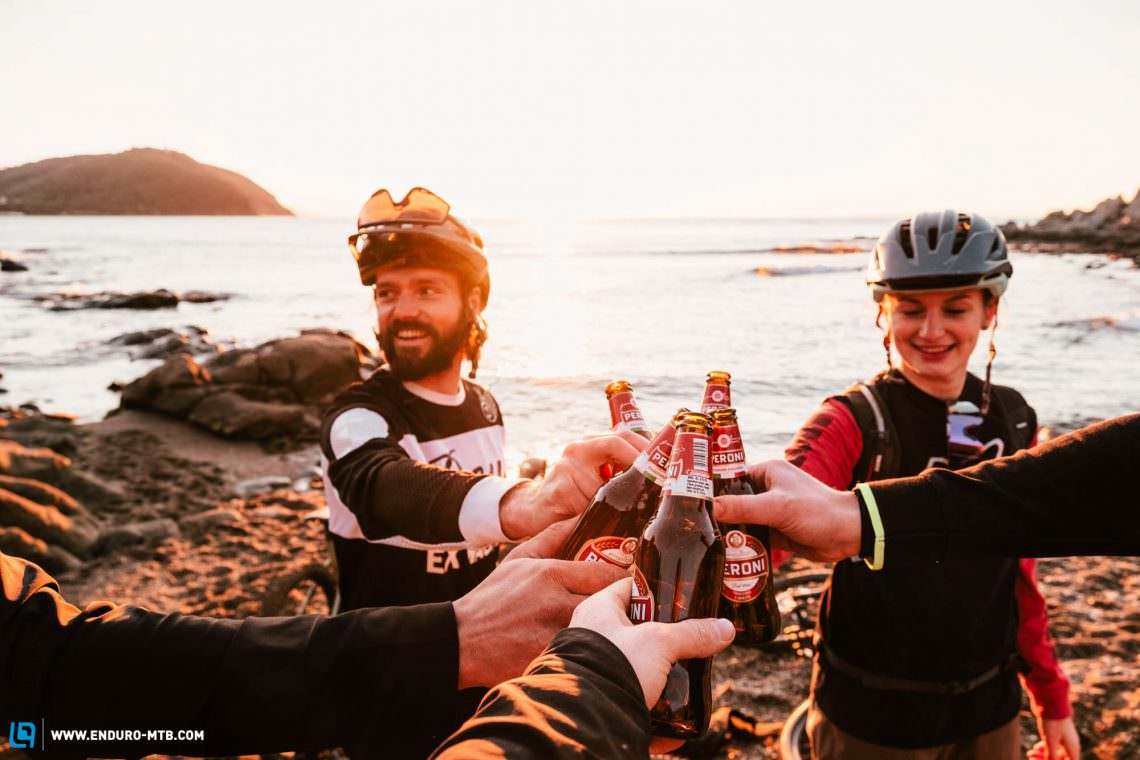
All Bikes in this group test: Canyon Neuron CF SLX 9 (Click for review) | Canyon Spectral 29 LTD (Click for review) | Canyon Stoic 4 (Click for review) | FOCUS THRON 6.9 (Click for review) | Ibis Ripmo V2 (Click for review) | MERIDA eONE-SIXTY 10K (Click for review) | MERIDA NINETY-SIX 8000 (Click for review) | Nukeproof Reactor 290C (Click for review) | Orbea Rise M-Team (Click for review) | Propain Hugene (Click for review) | RAAW Jibb XTR Build (Click for review) | Rocky Mountain Instinct C70 (Click for review) | Santa Cruz 5010 X01 (Click for review) | Santa Cruz Tallboy CC X01 (Click for review) | SCOTT Ransom 900 Tuned AXS (Click for review) | Specialized S-Works Stumpjumper (Click for review) | Specialized S-Works Stumpjumper EVO (Click for review) | Specialized S-Works Turbo Levo SL (Click for review) | Trek Fuel EX 9.8 GX (Click for review) | Trek Top Fuel 9.9 X01 (Click for review) | Yeti SB115 TURQ3 (Click for review) | YT IZZO BLAZE 29 (Click for review)
Did you enjoy this article? If so, we would be stoked if you decide to support us with a monthly contribution. By becoming a supporter of ENDURO, you will help secure a sustainable future for high-quality mountain bike journalism. Click here to learn more.
Words: Peter Walker, Robin Schmitt, Felix Stix Photos: Valentin Rühl, Peter Walker, Daniel Geiger, Everett Utterback









